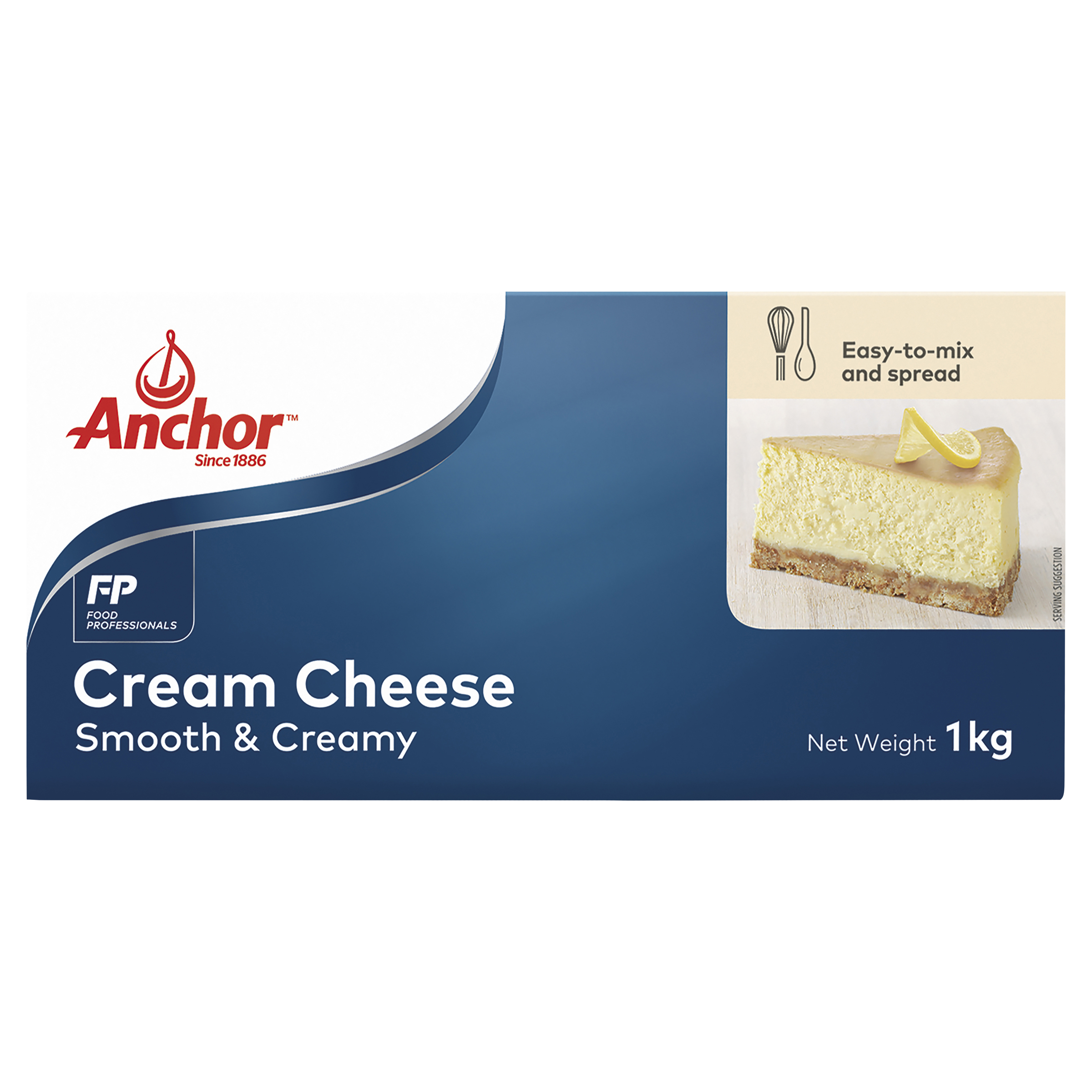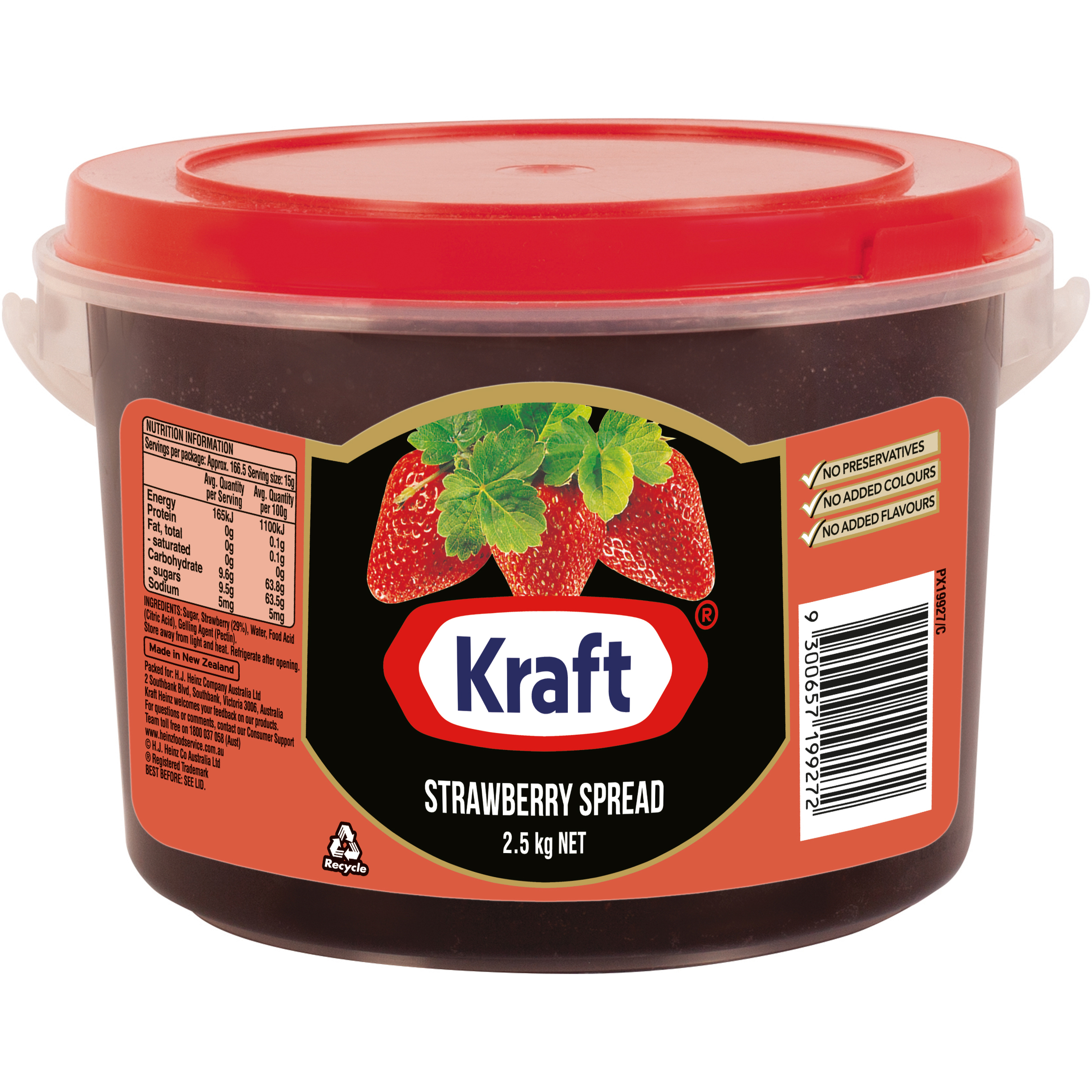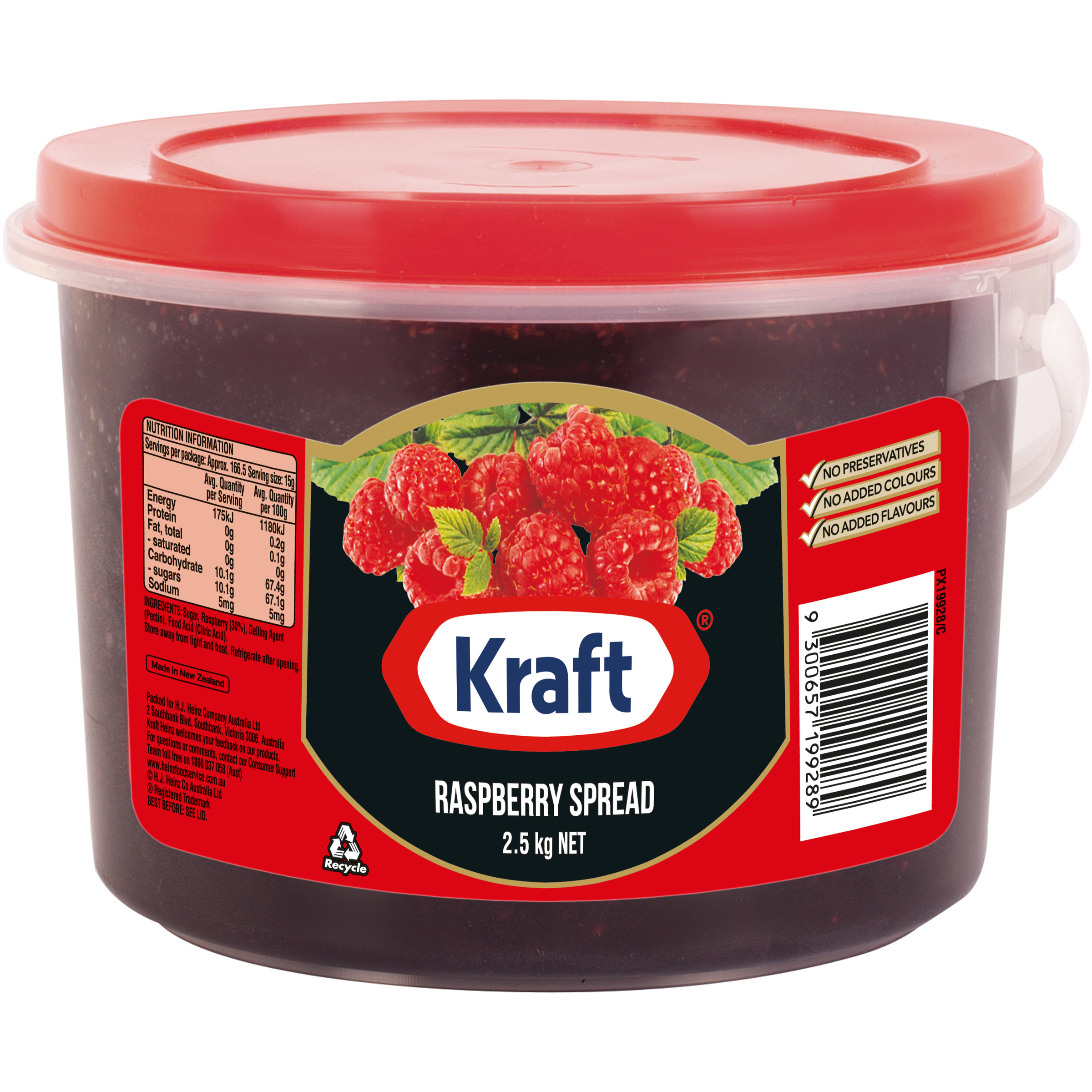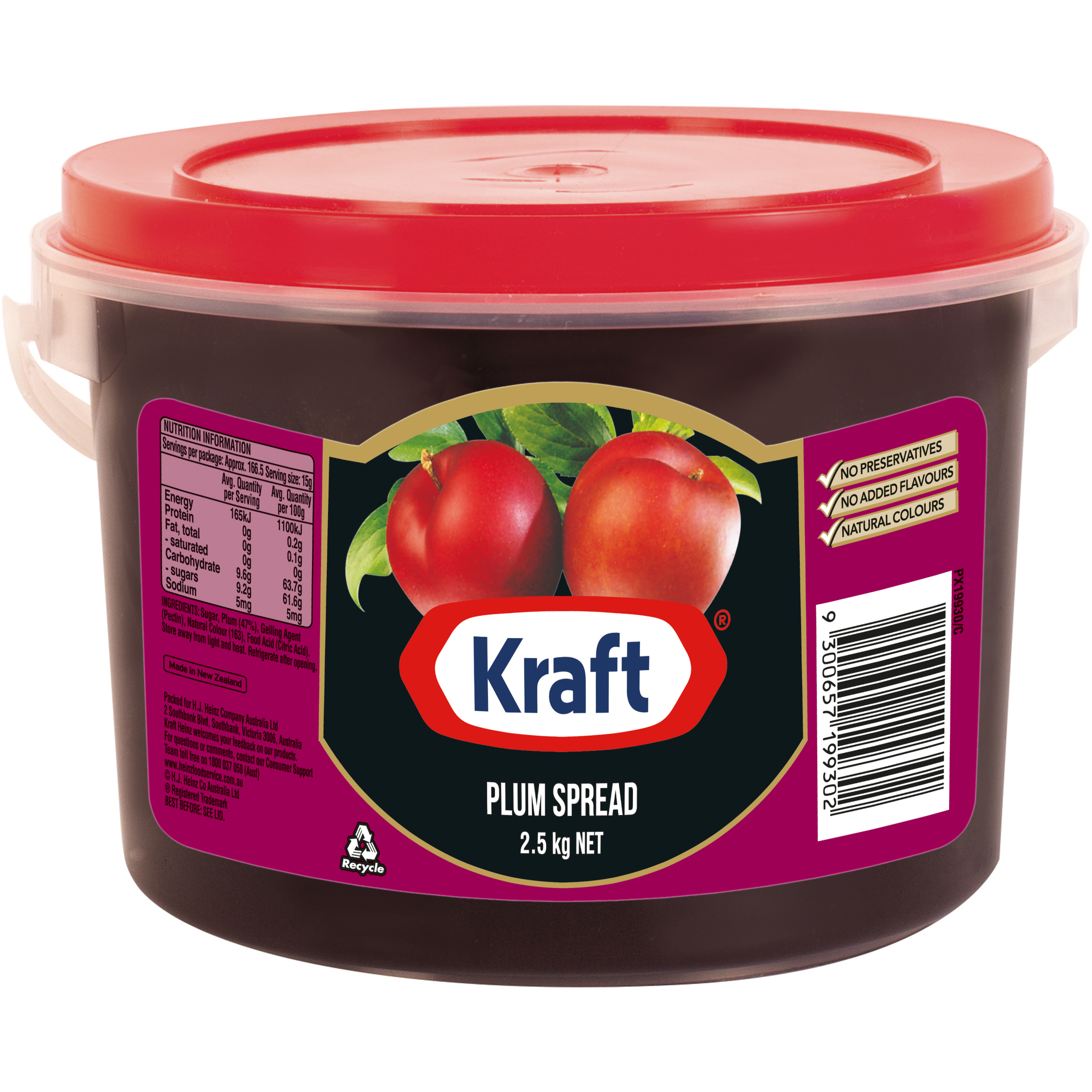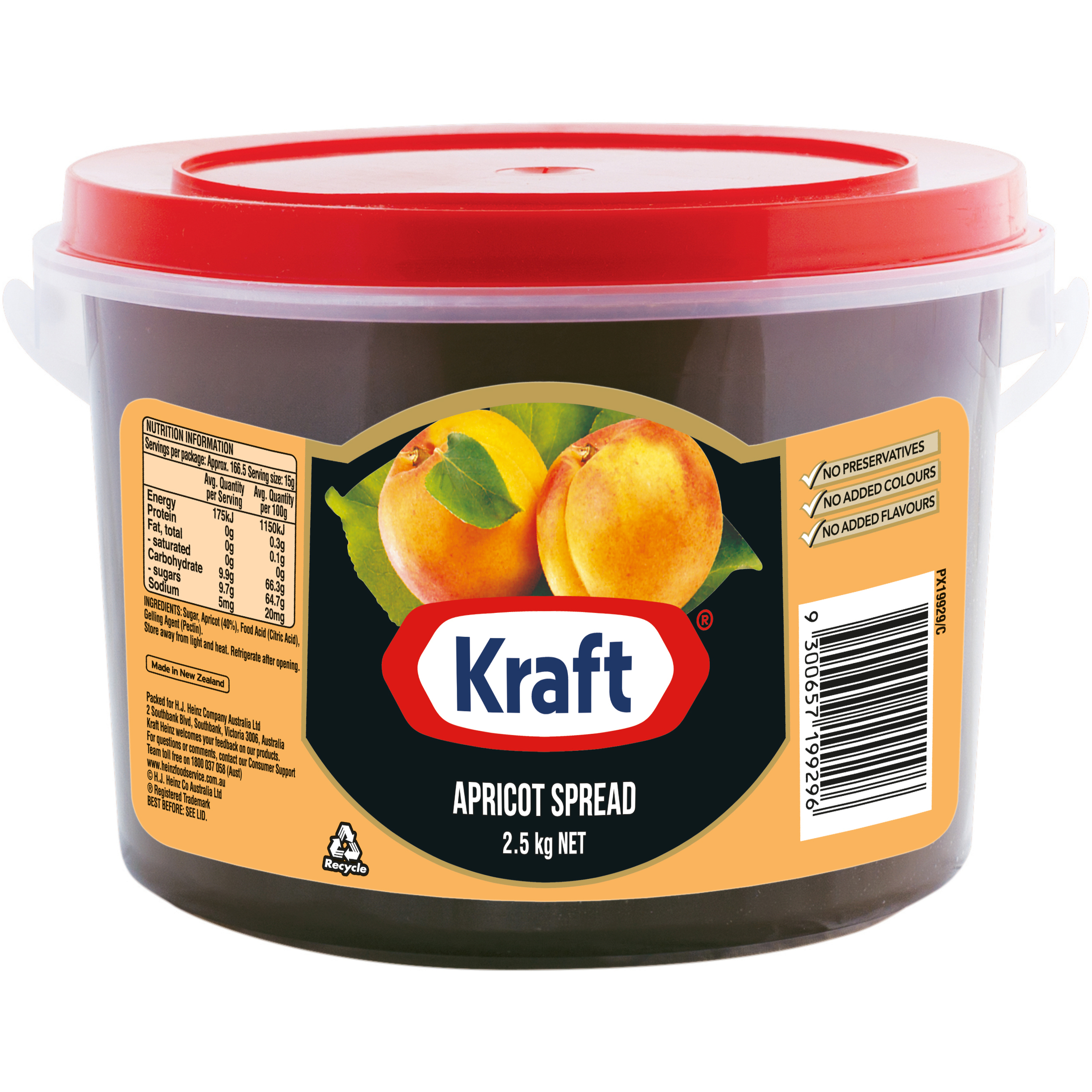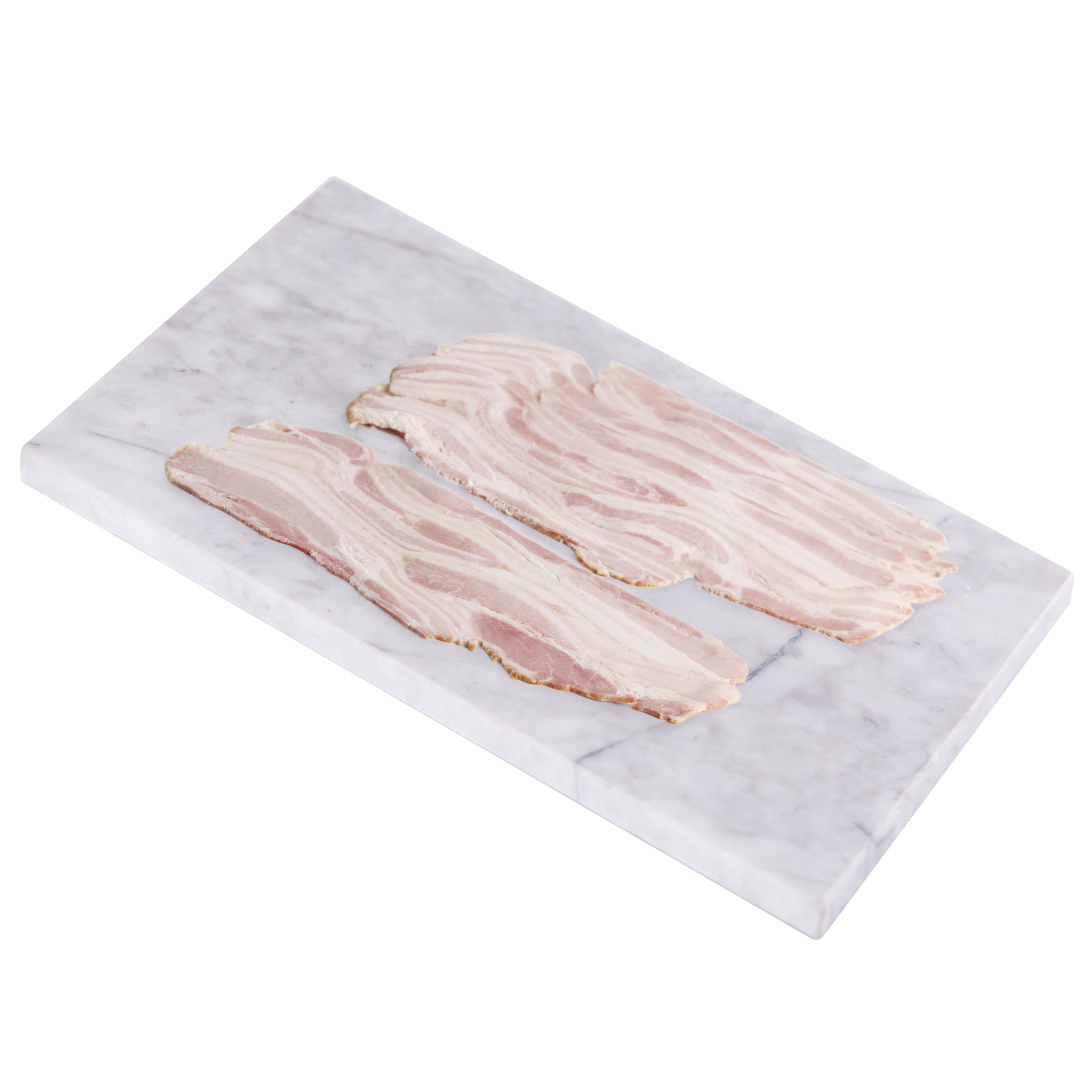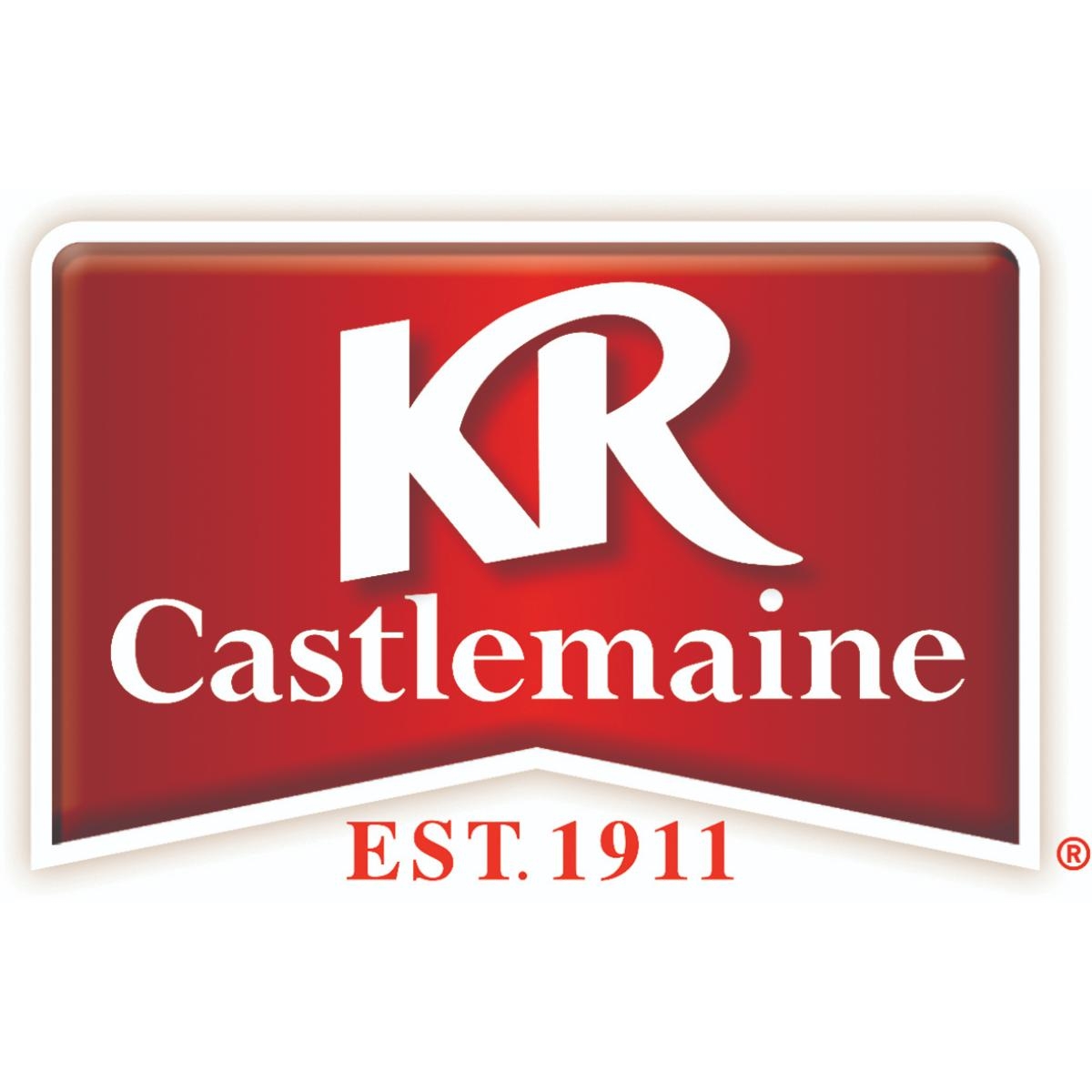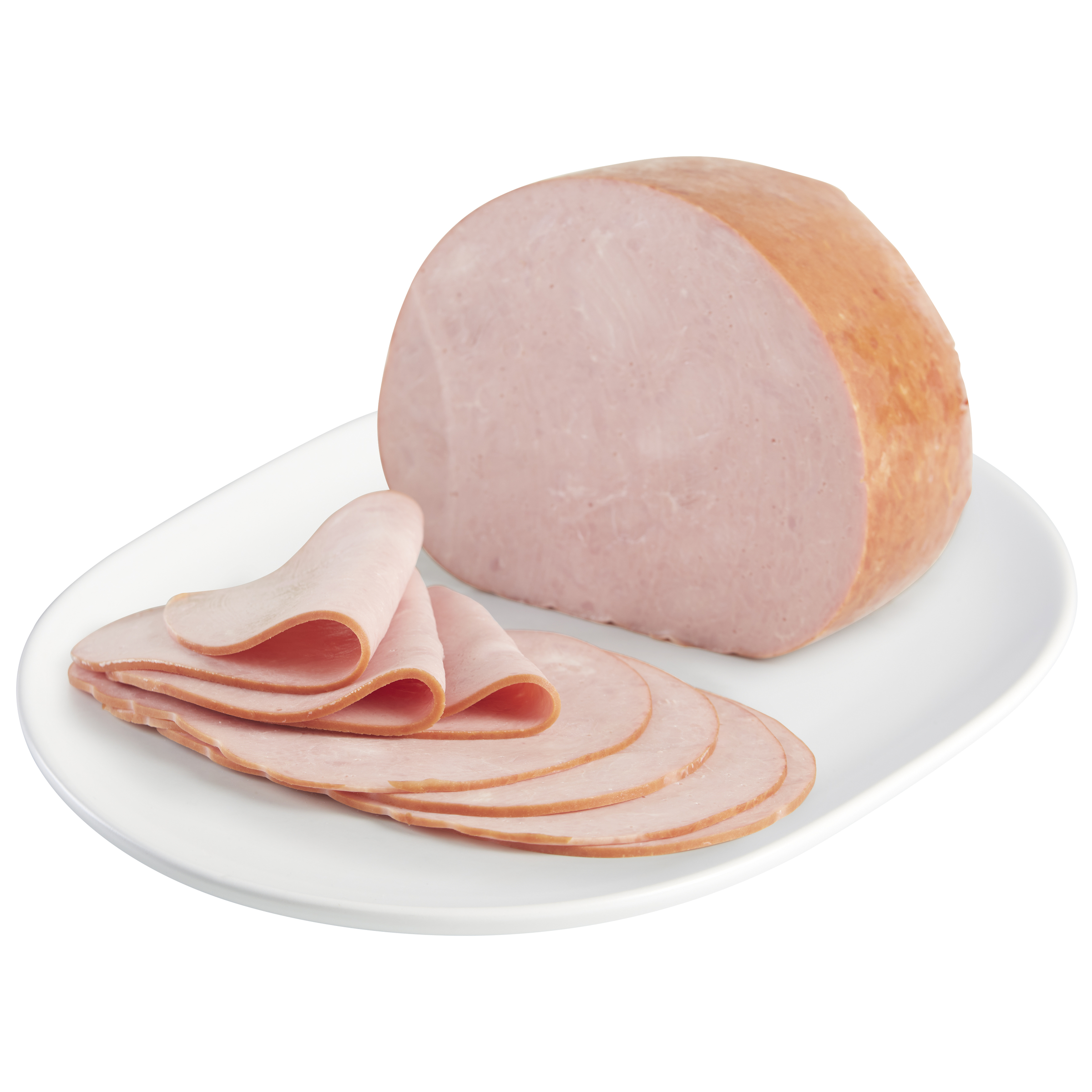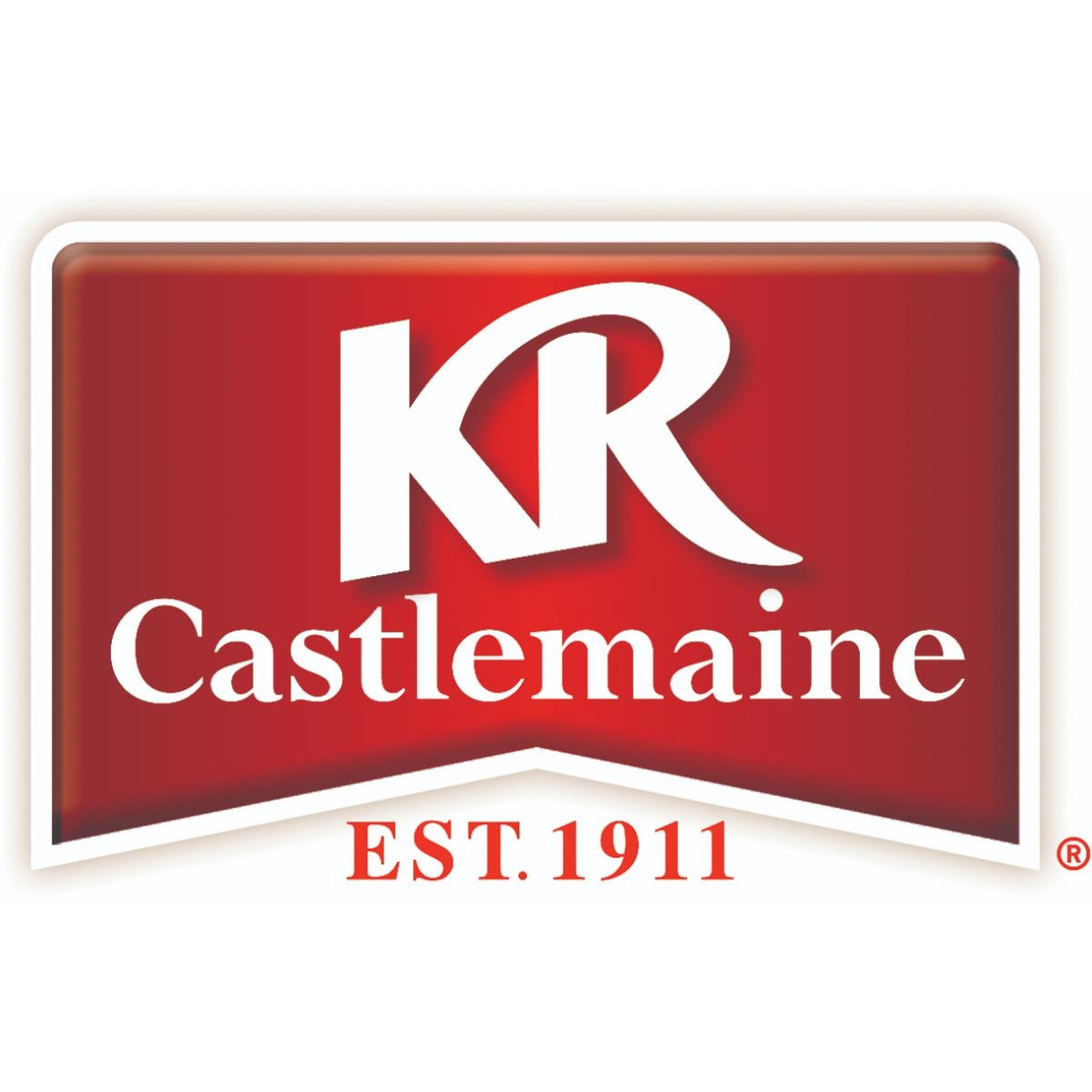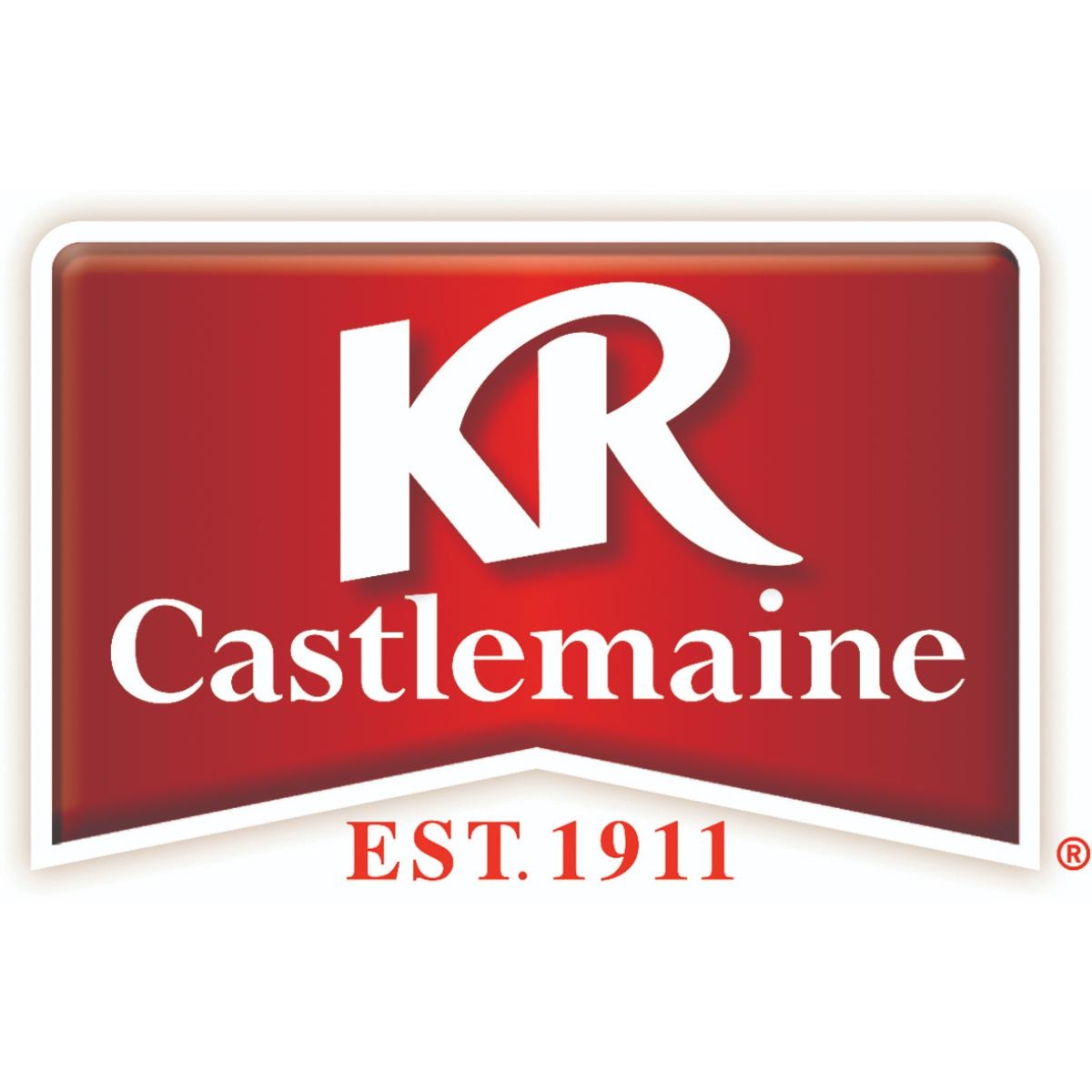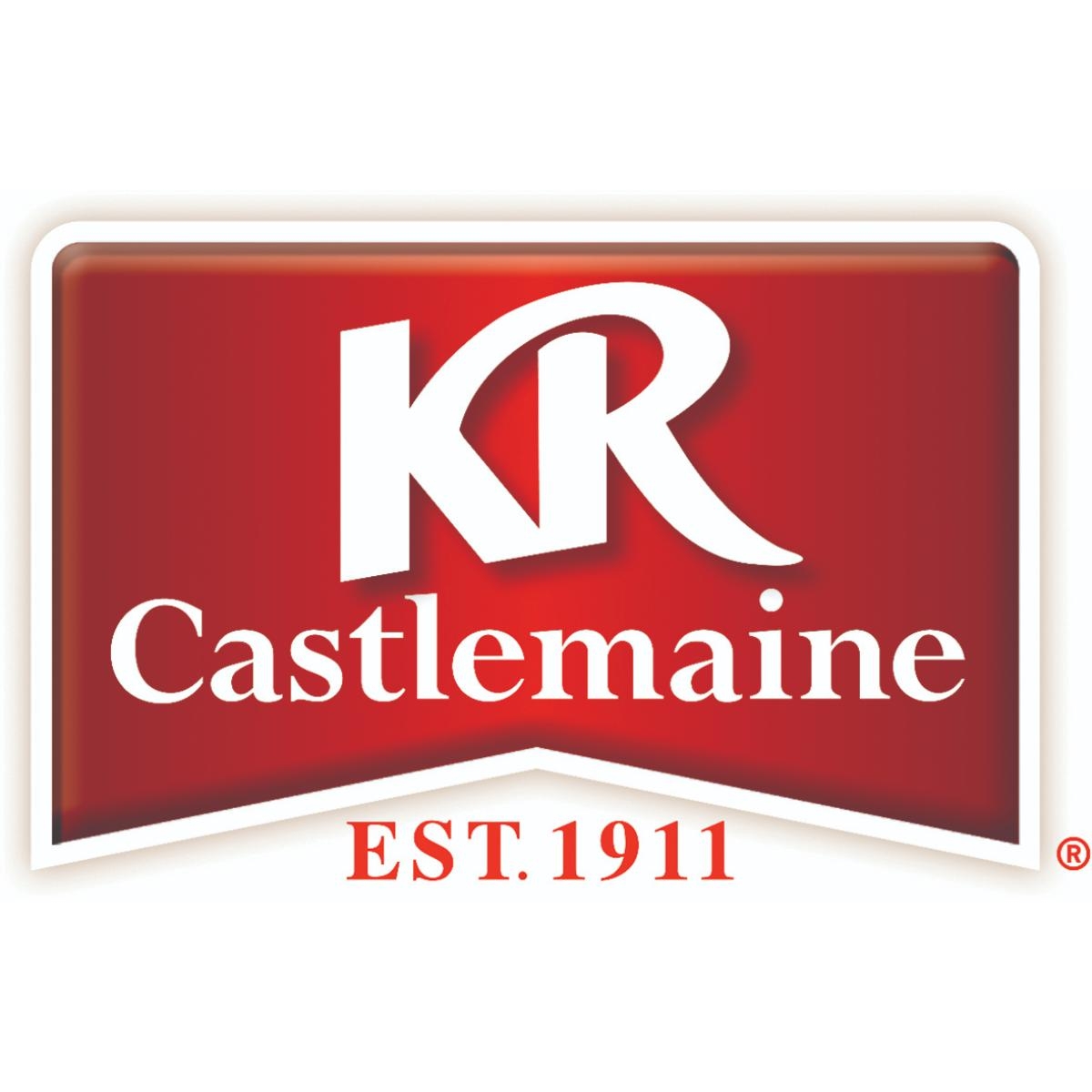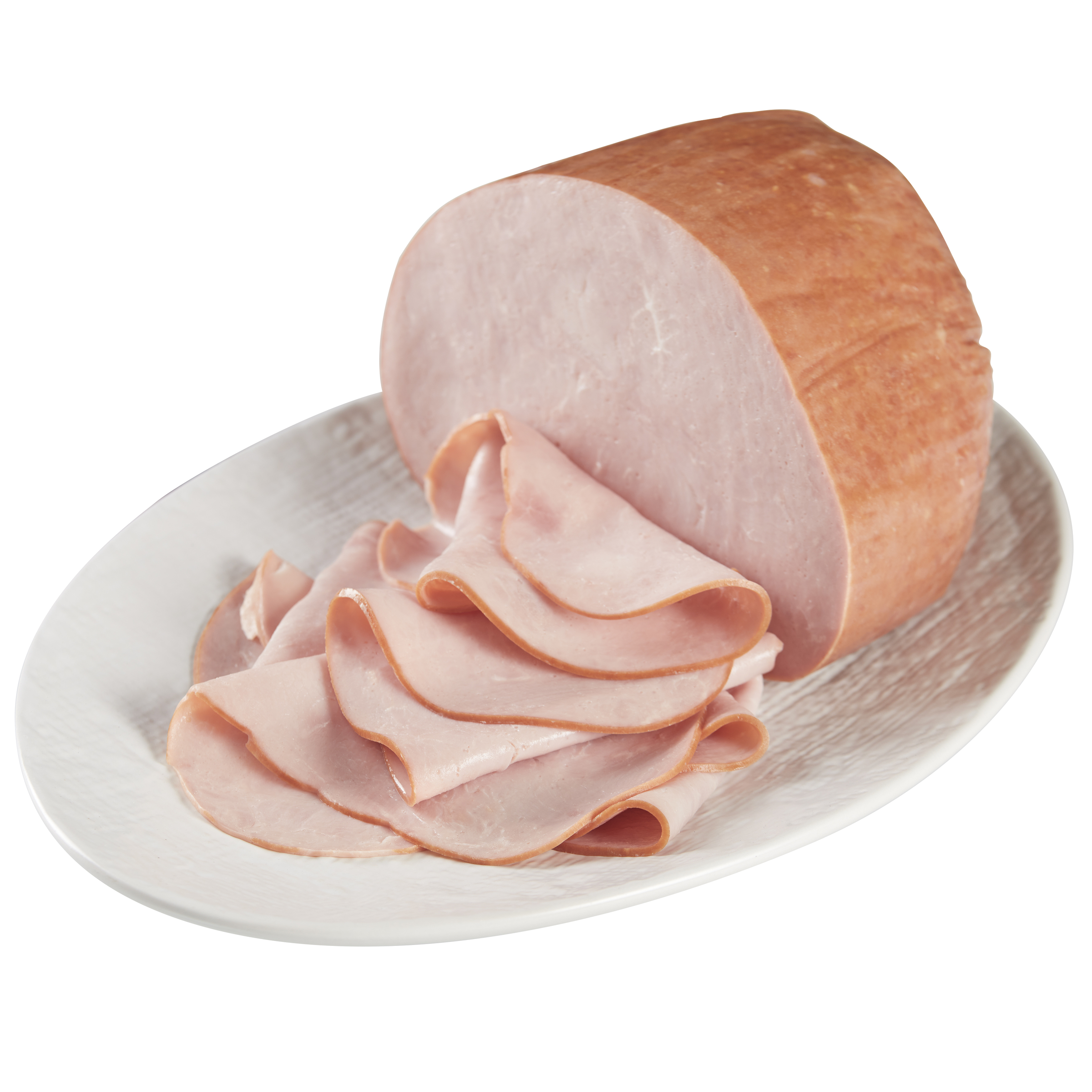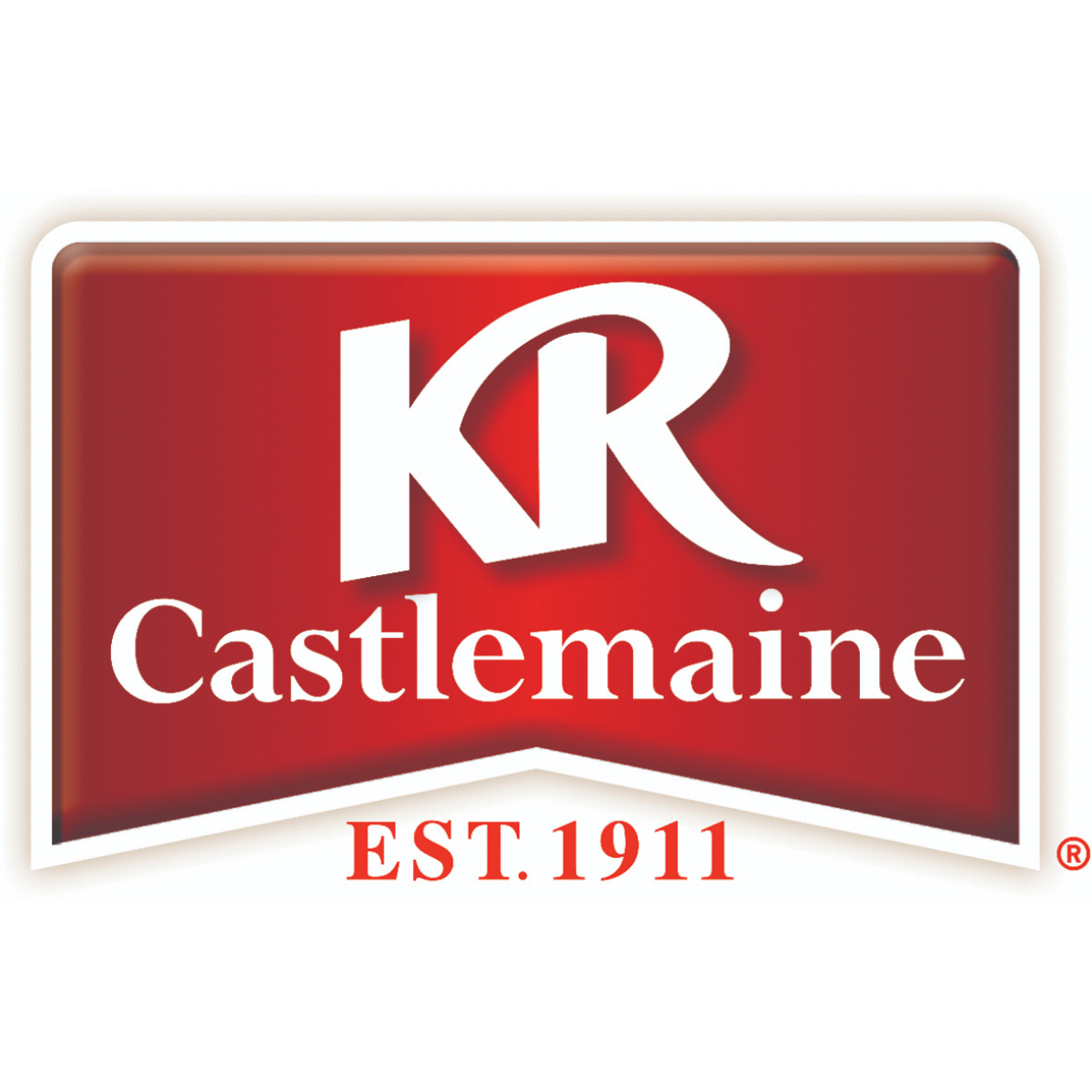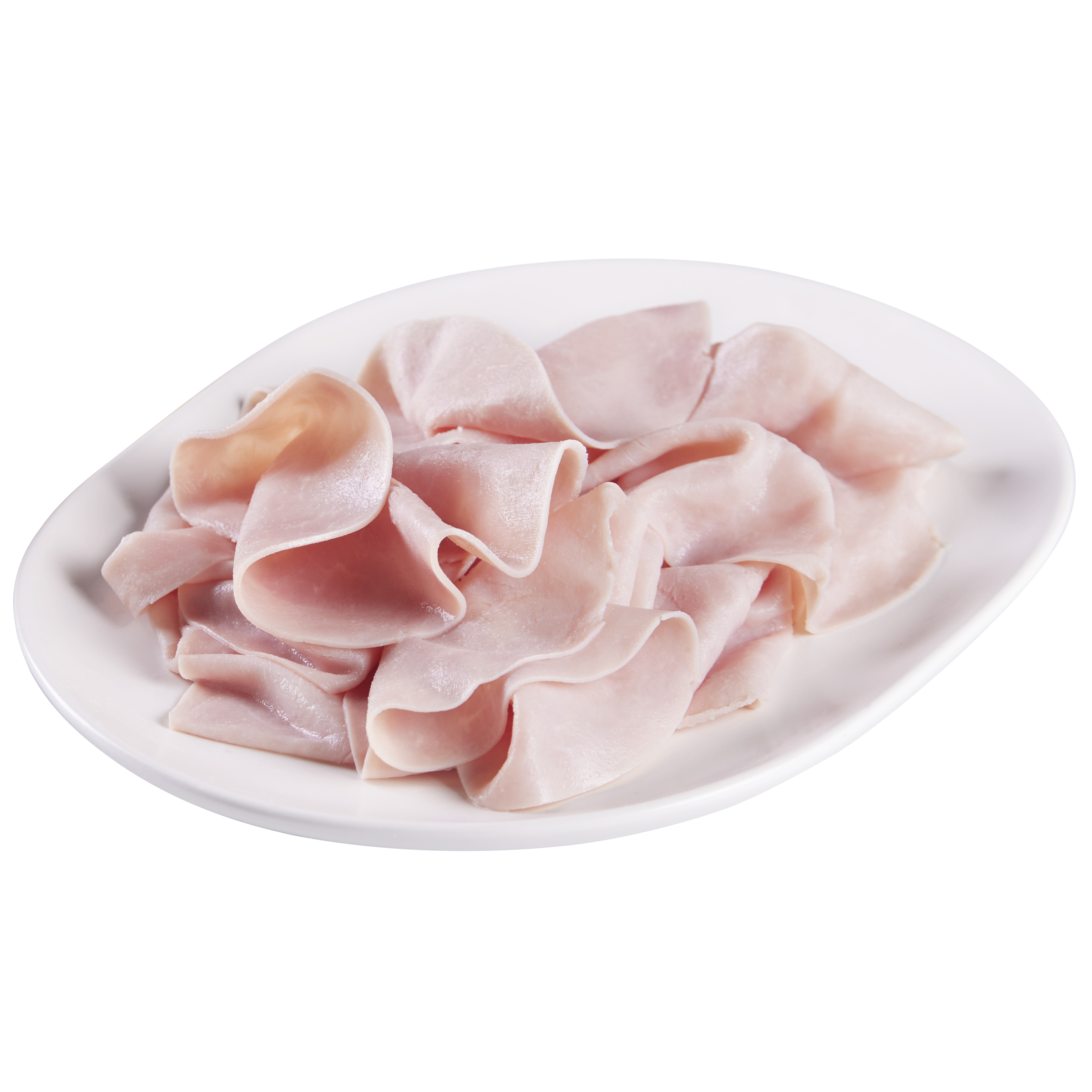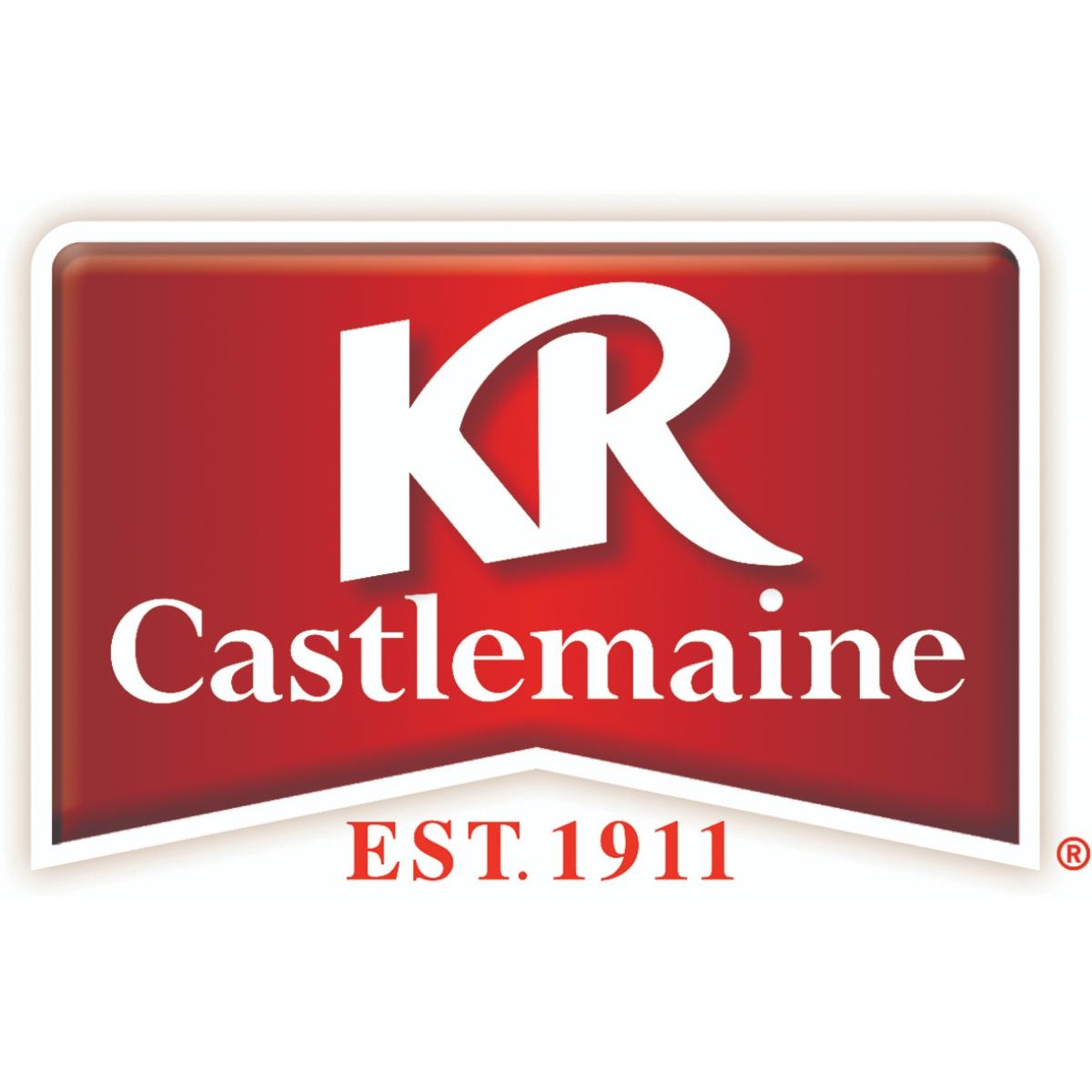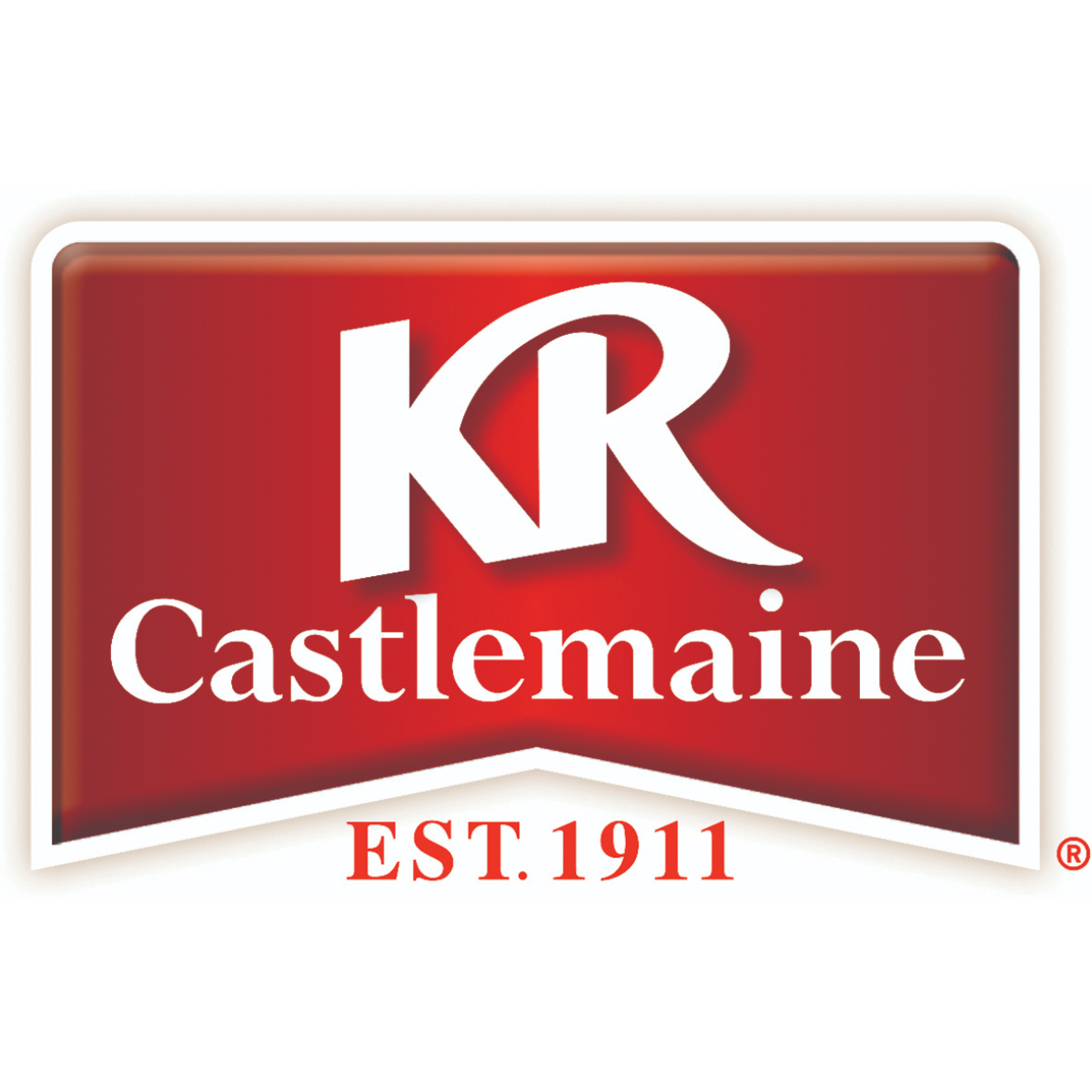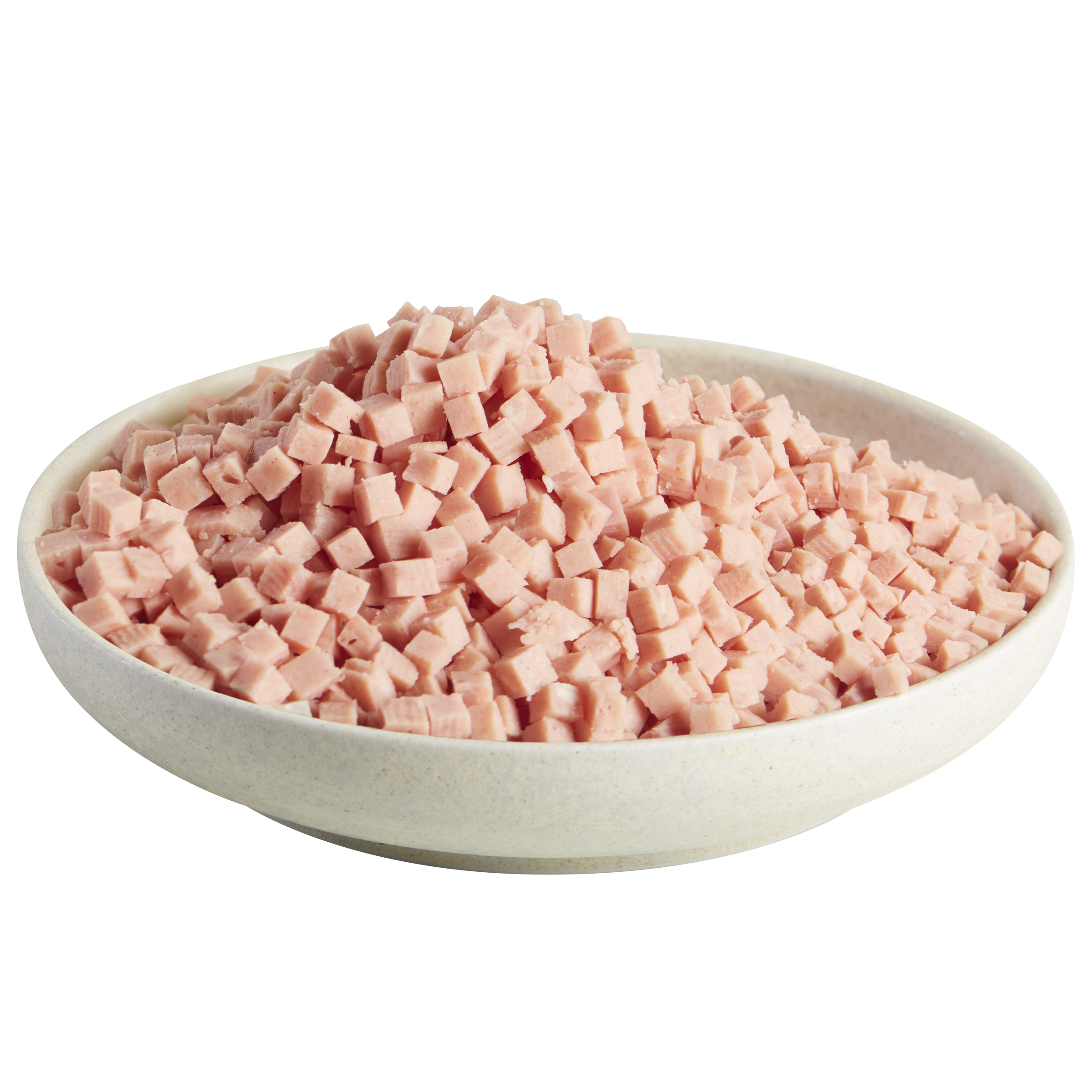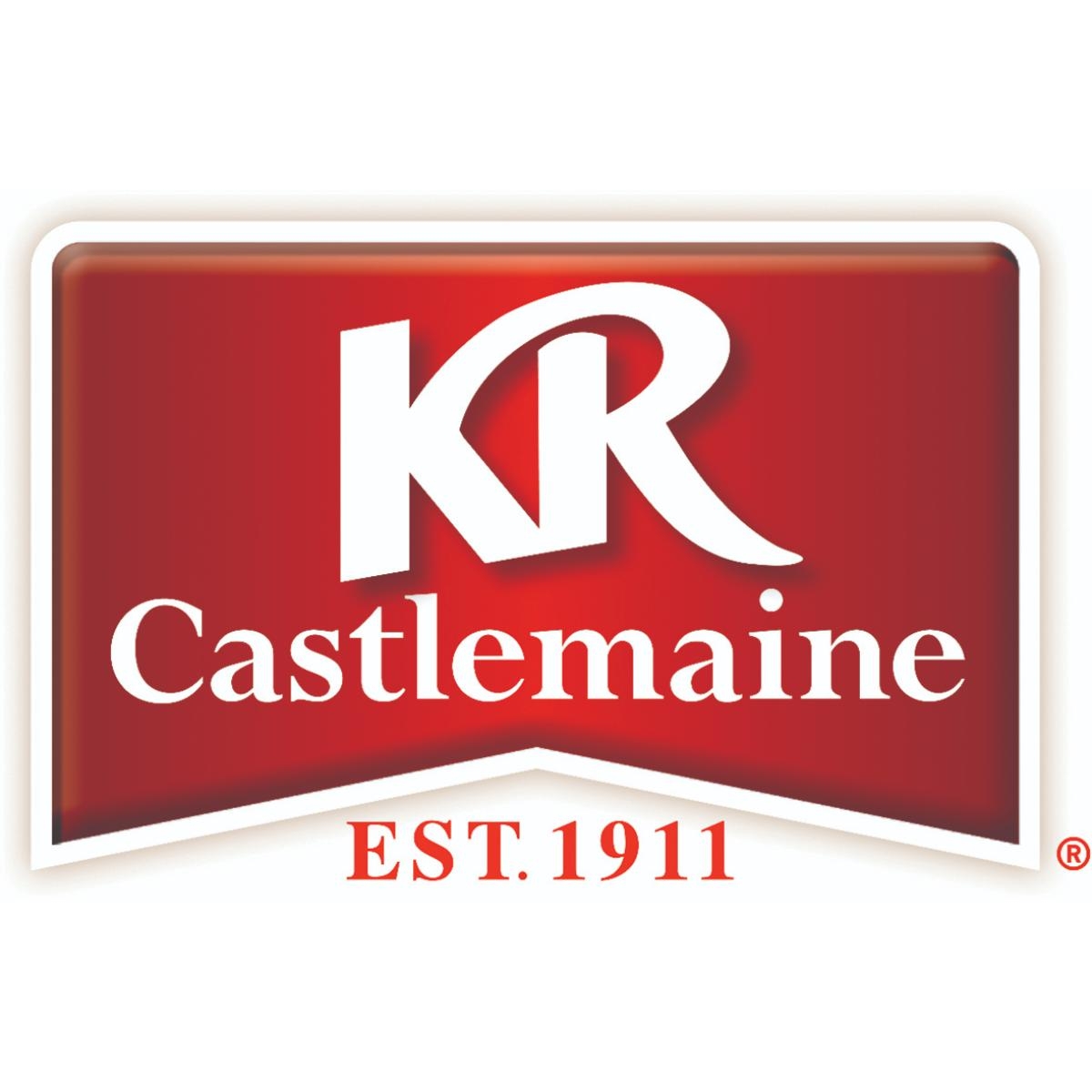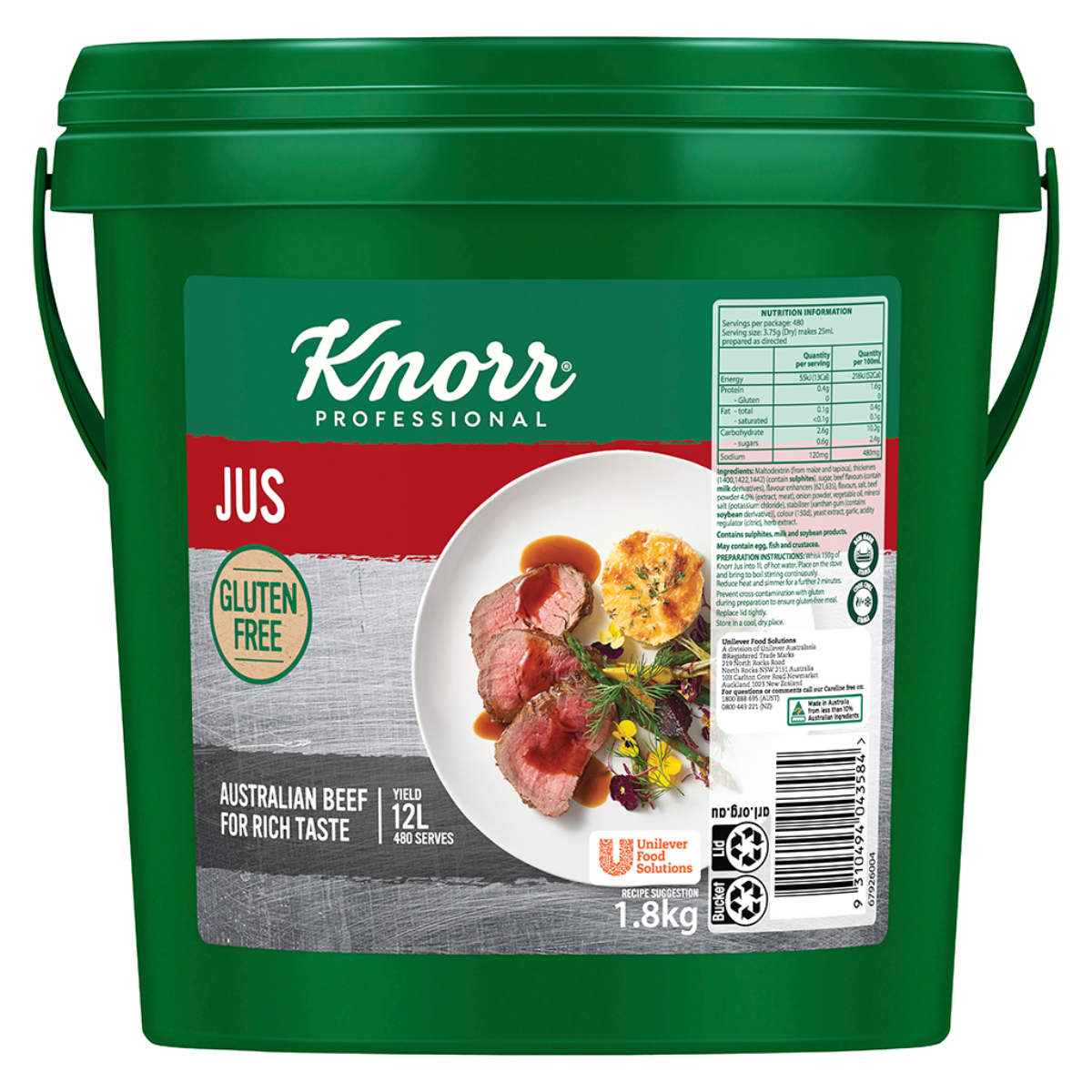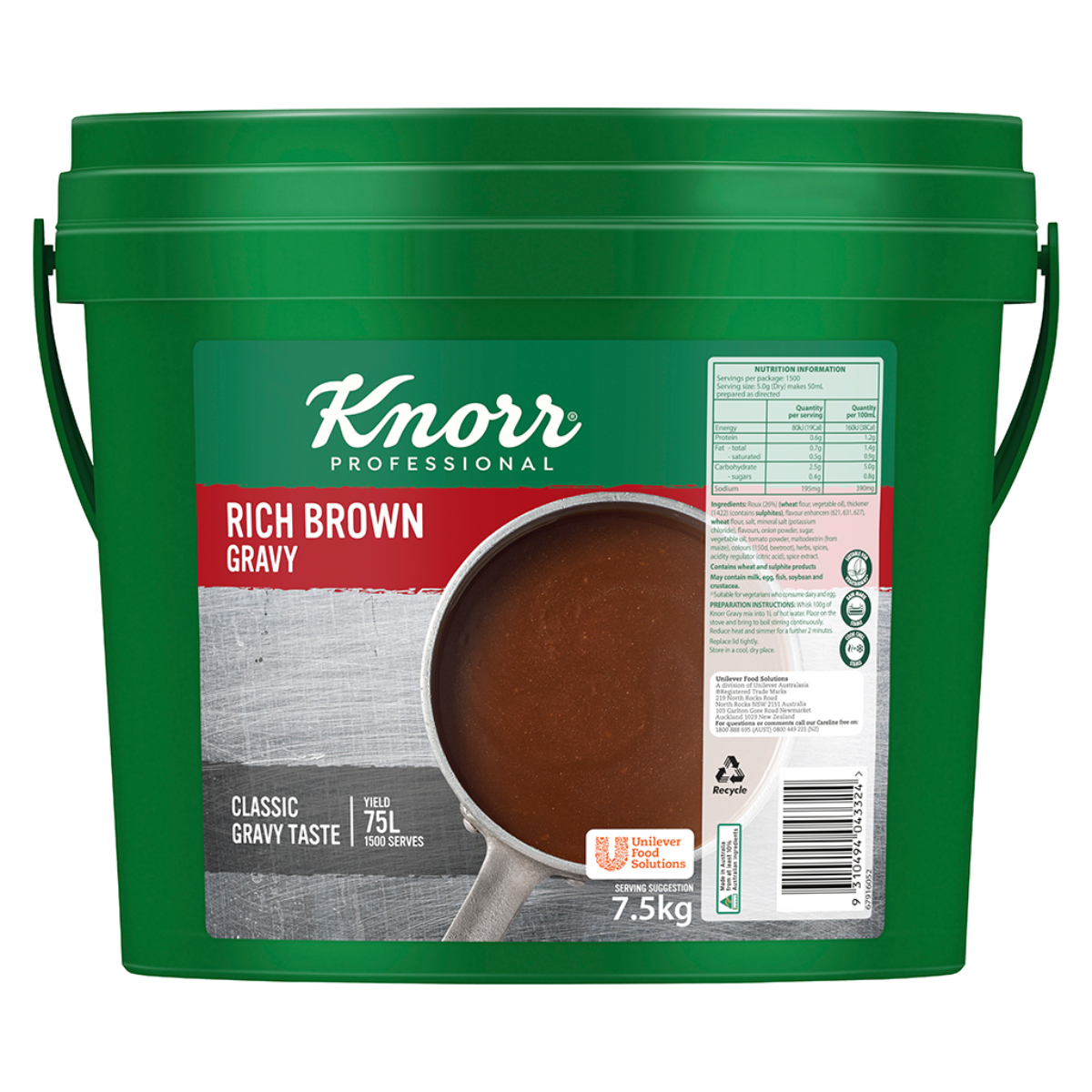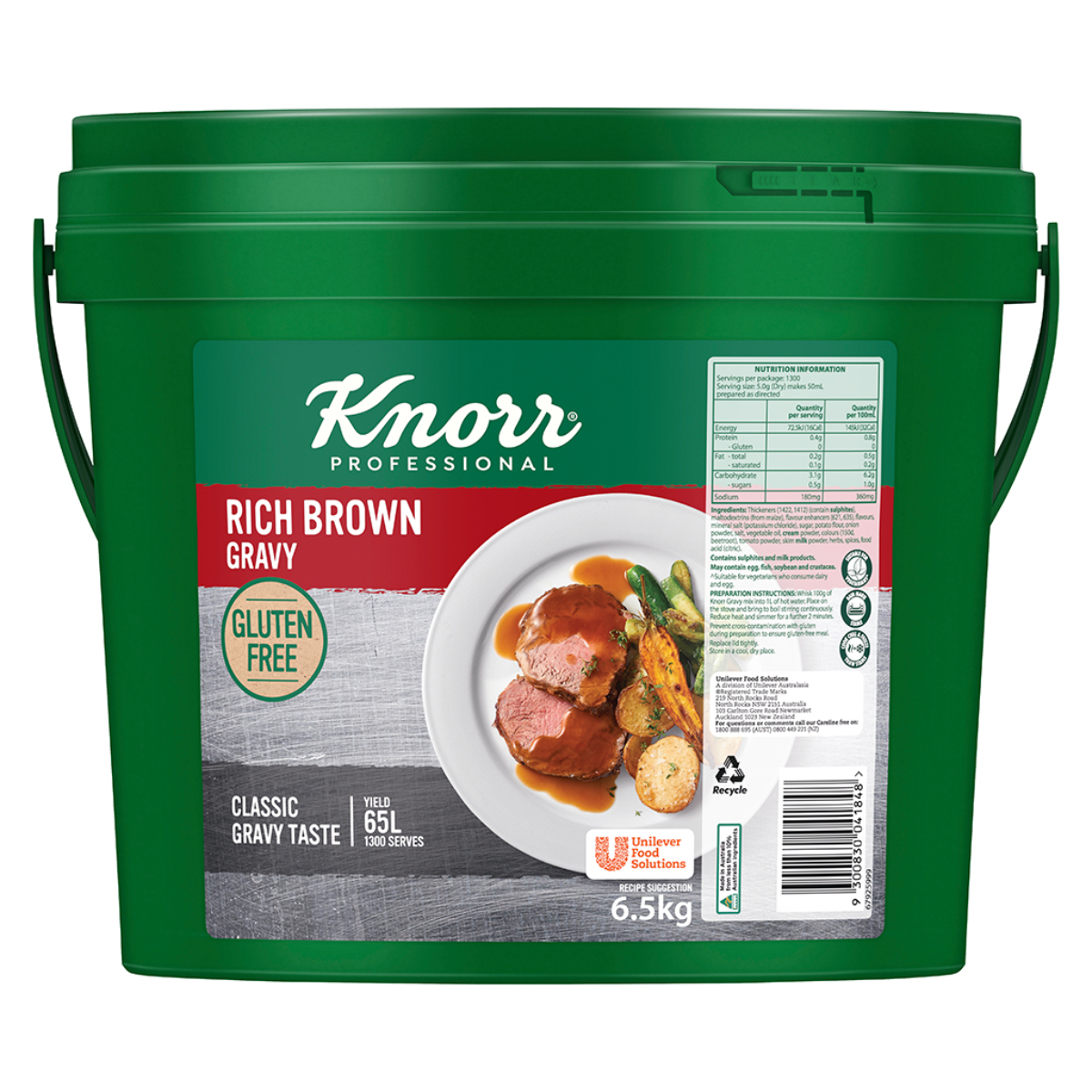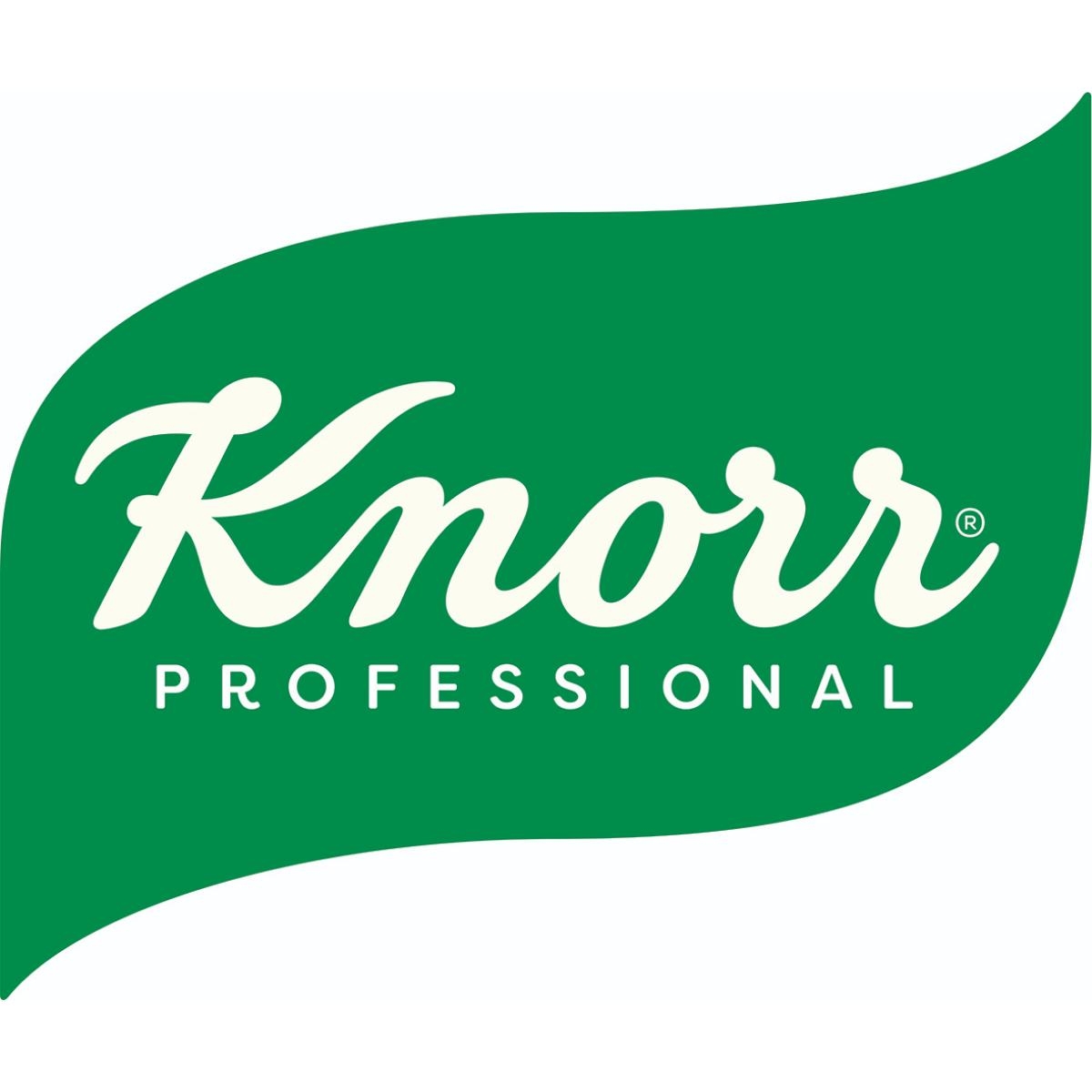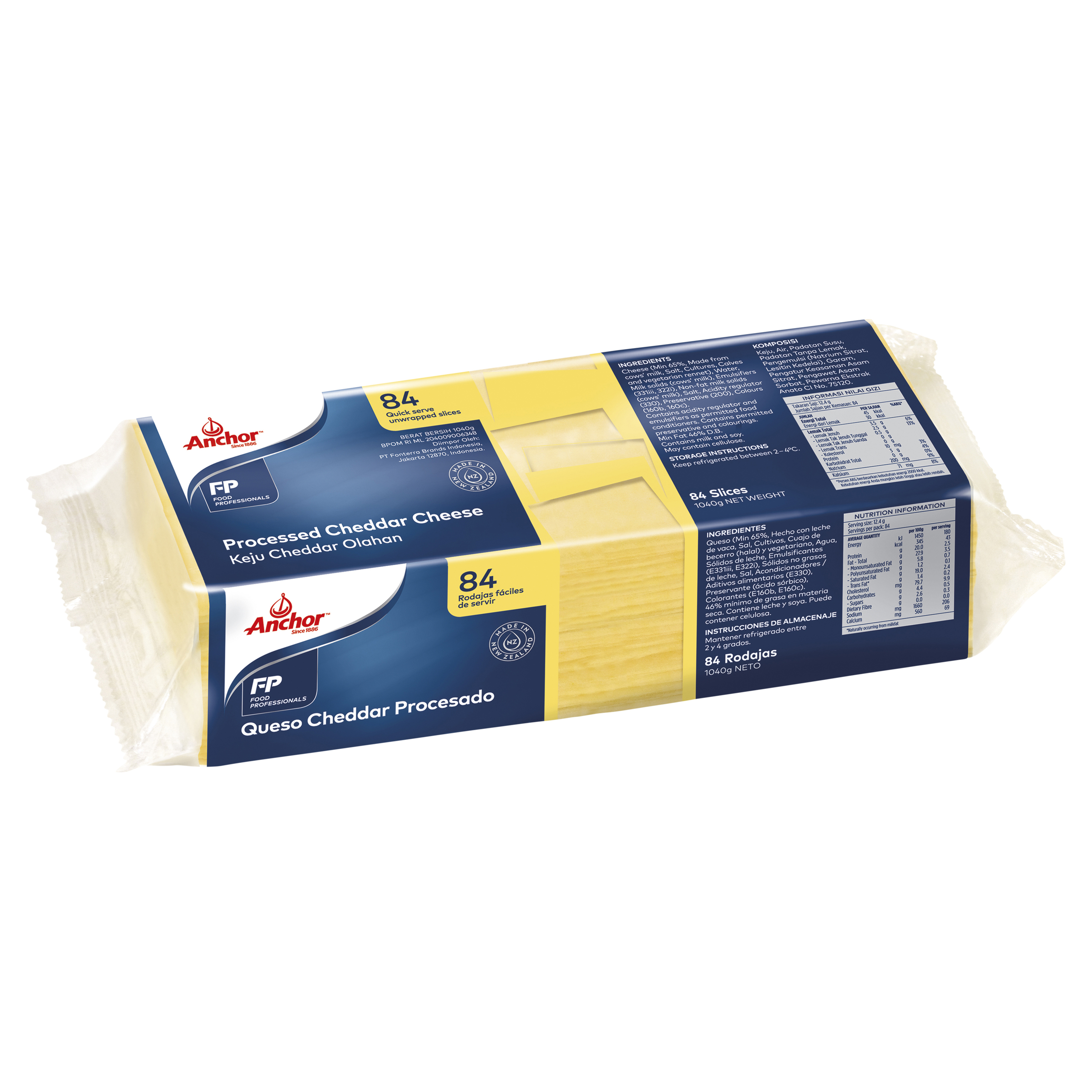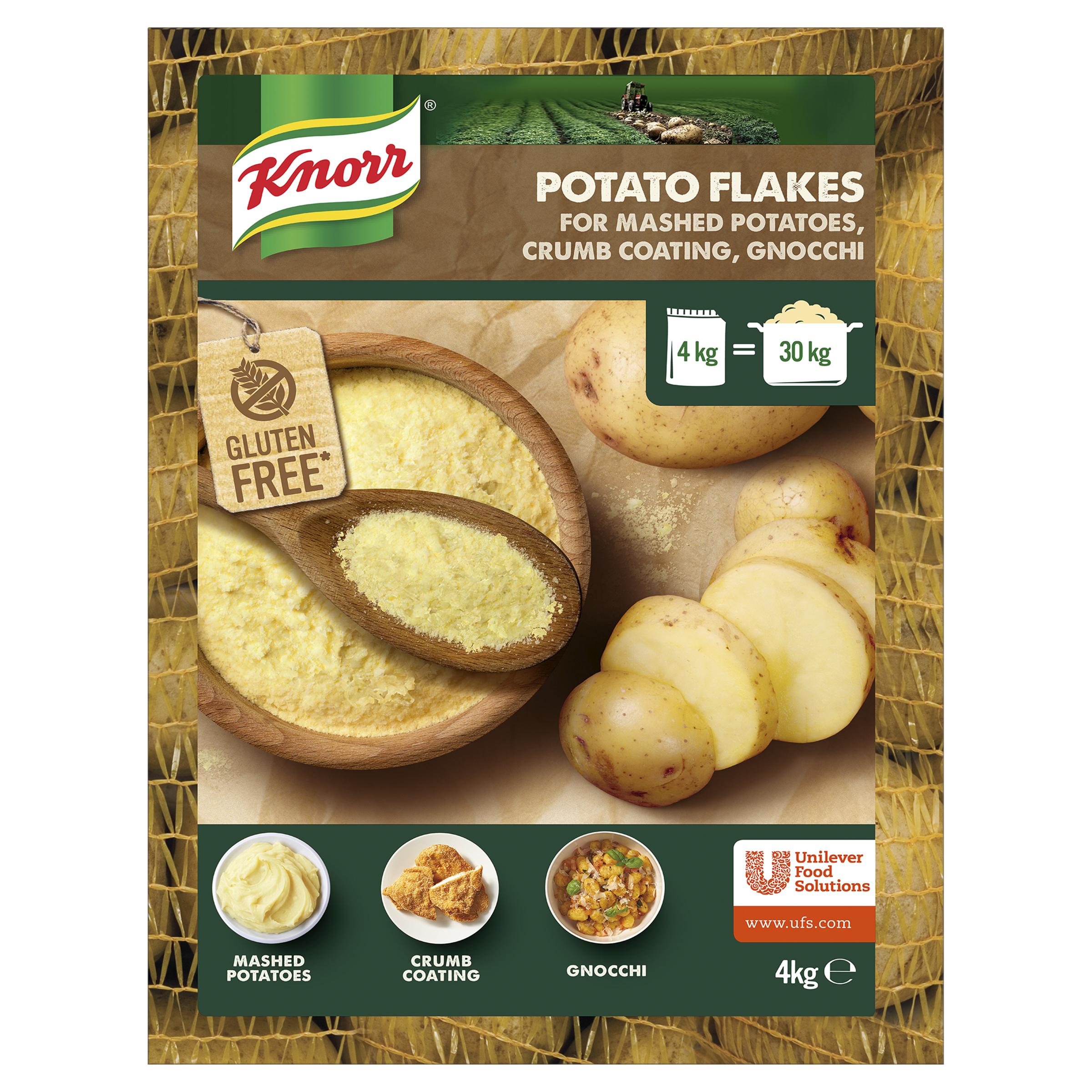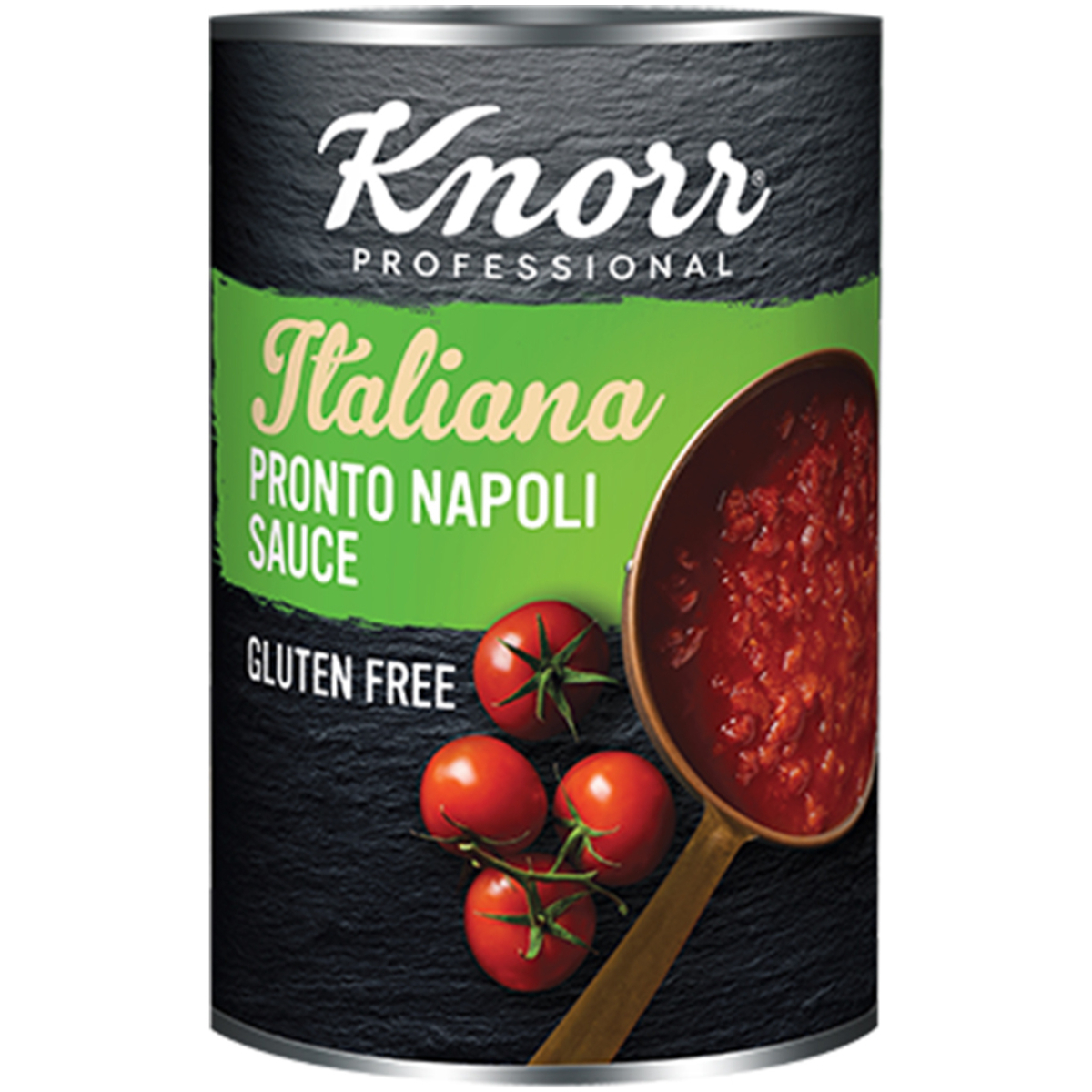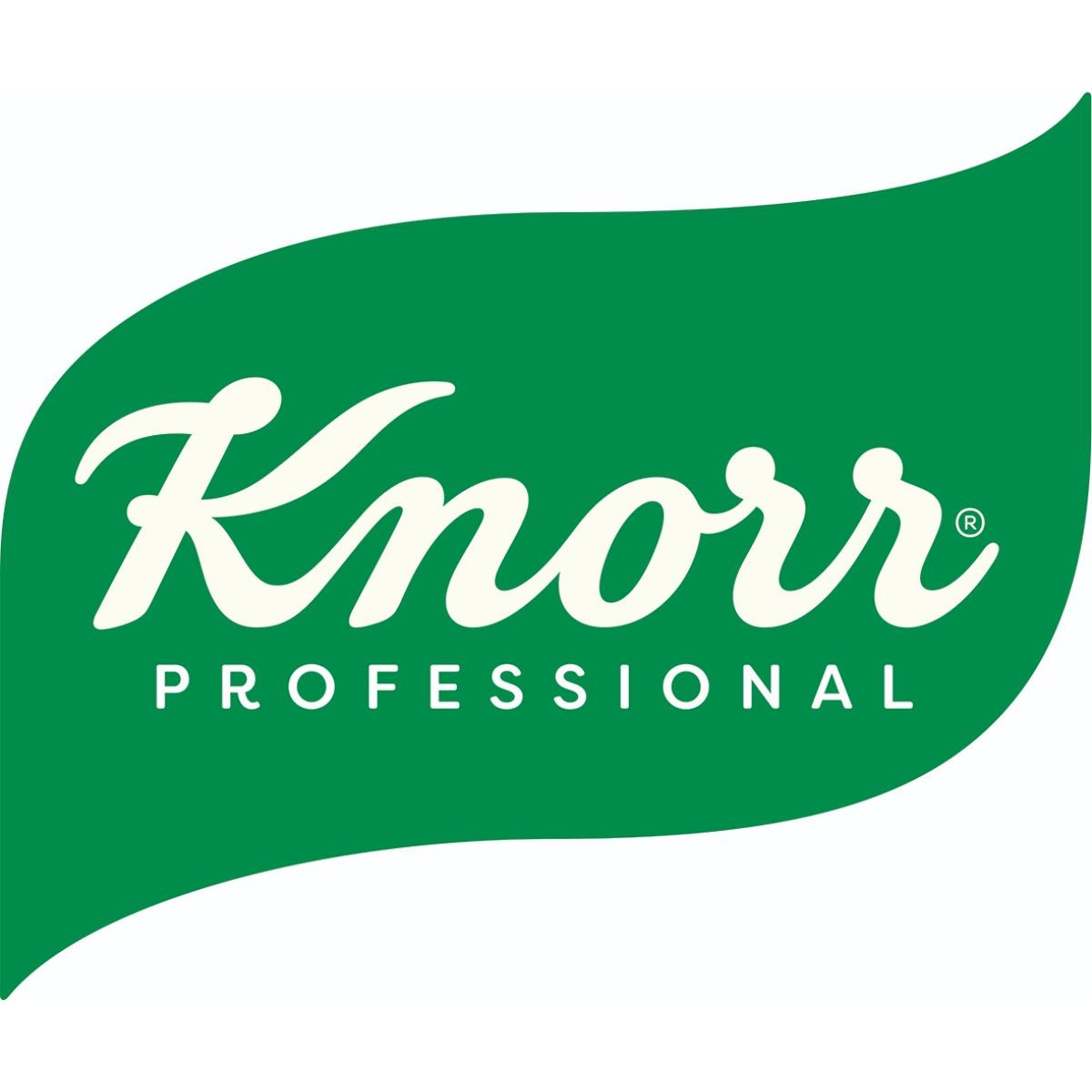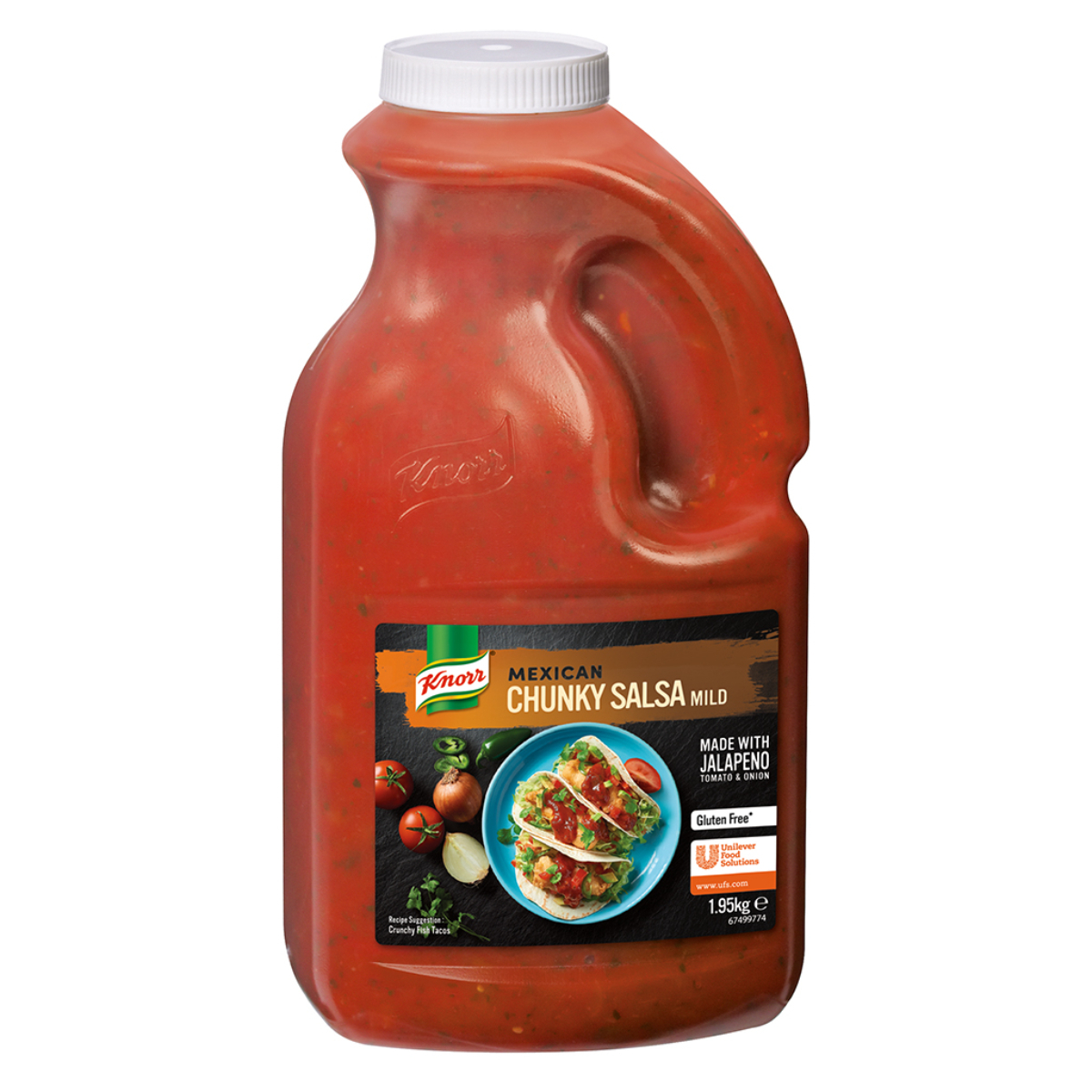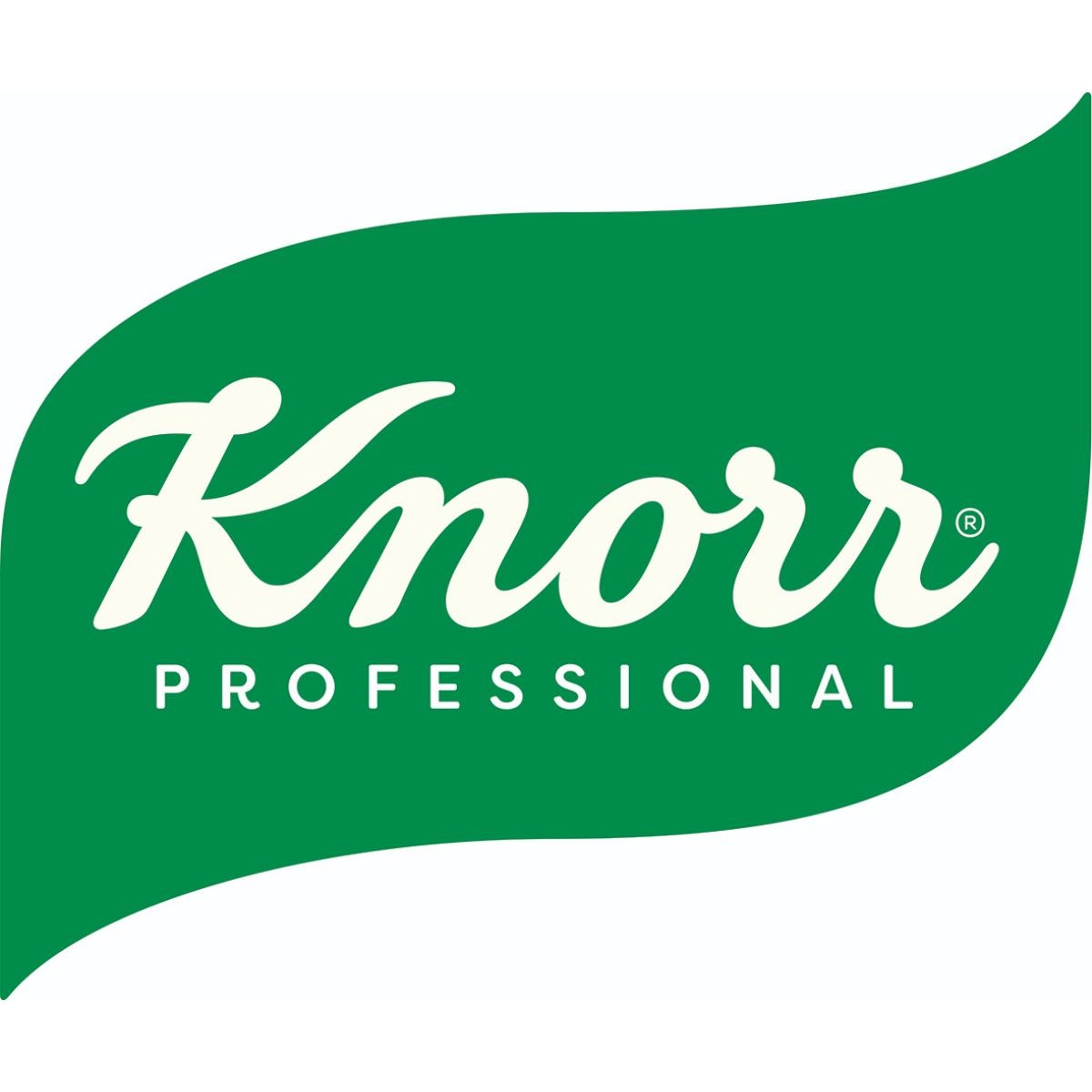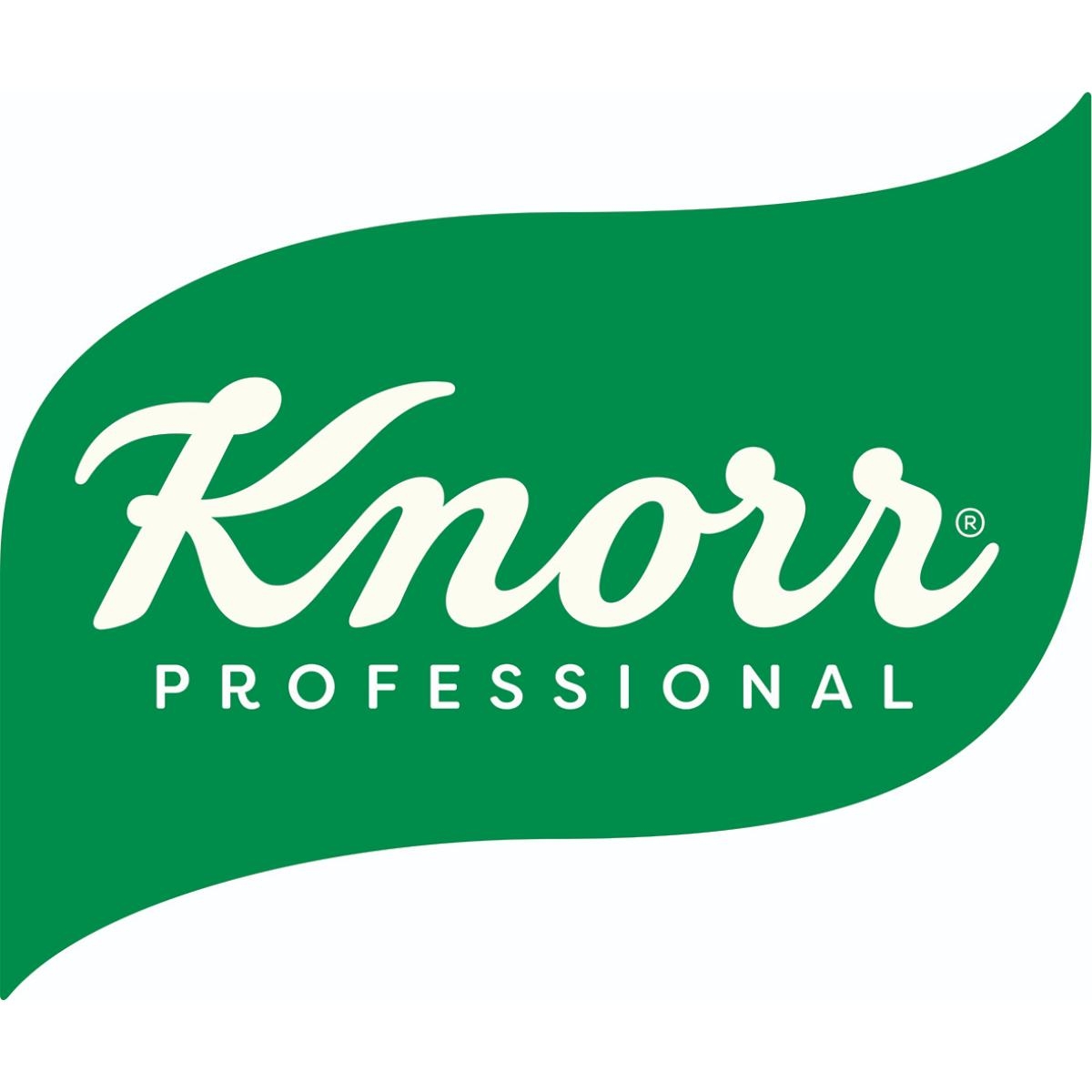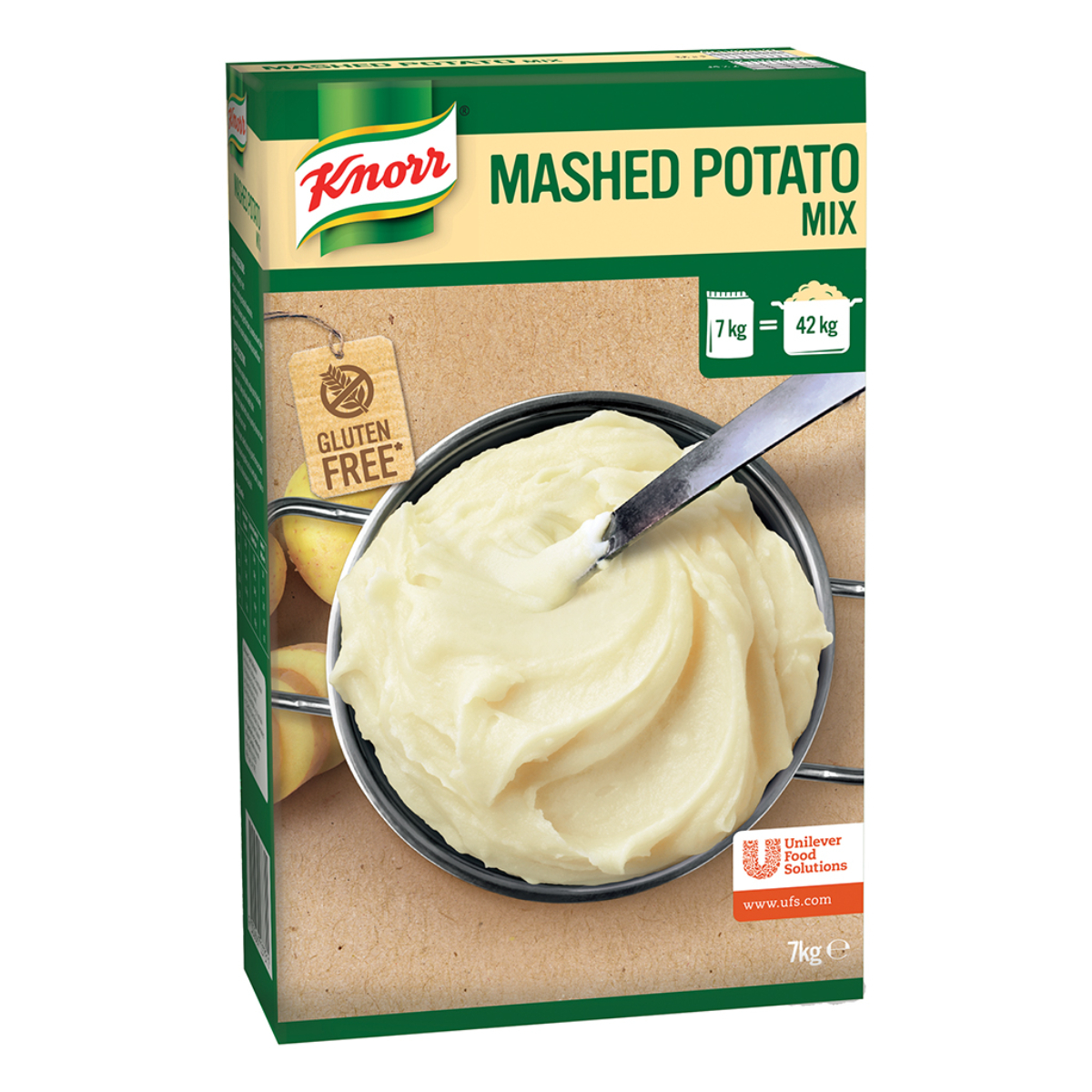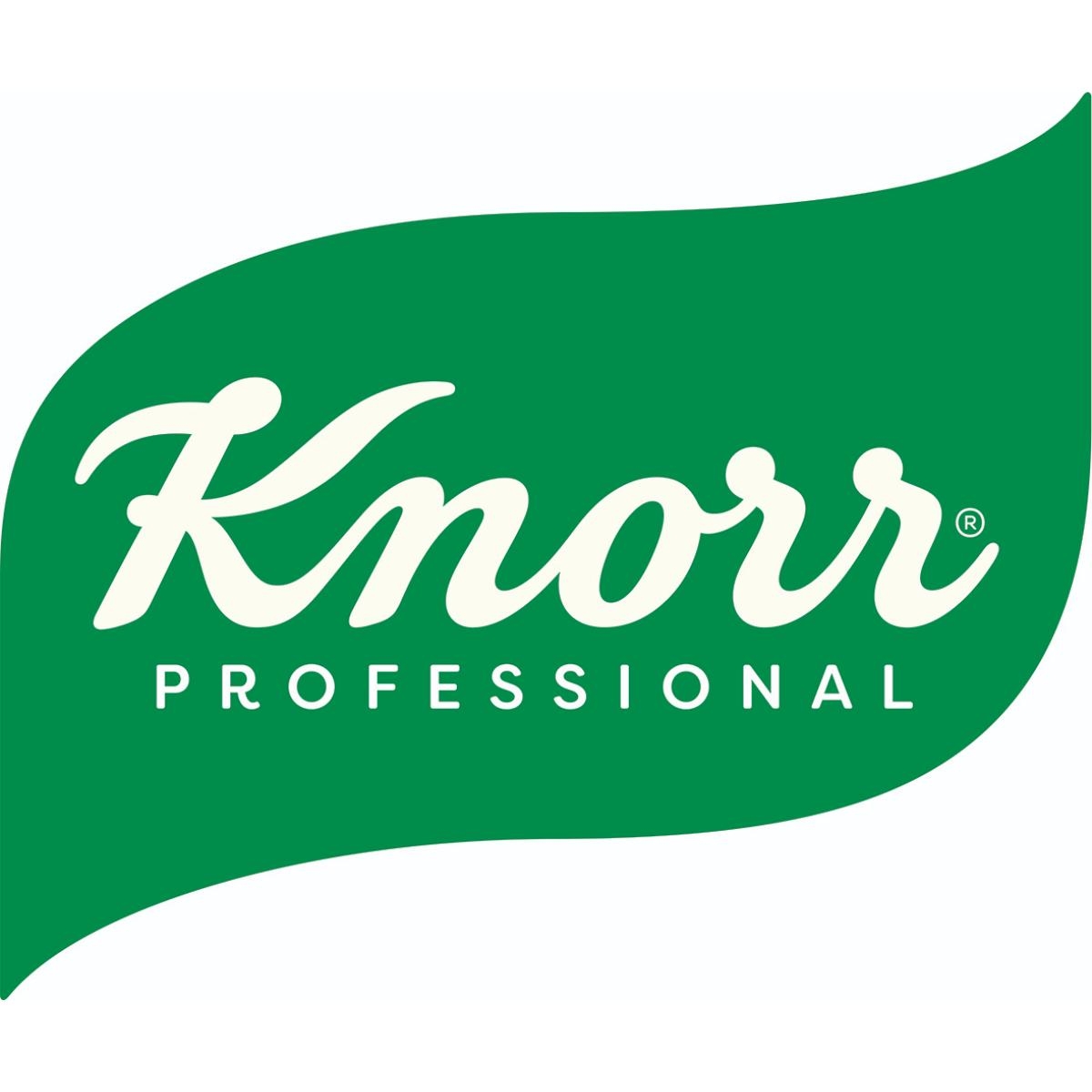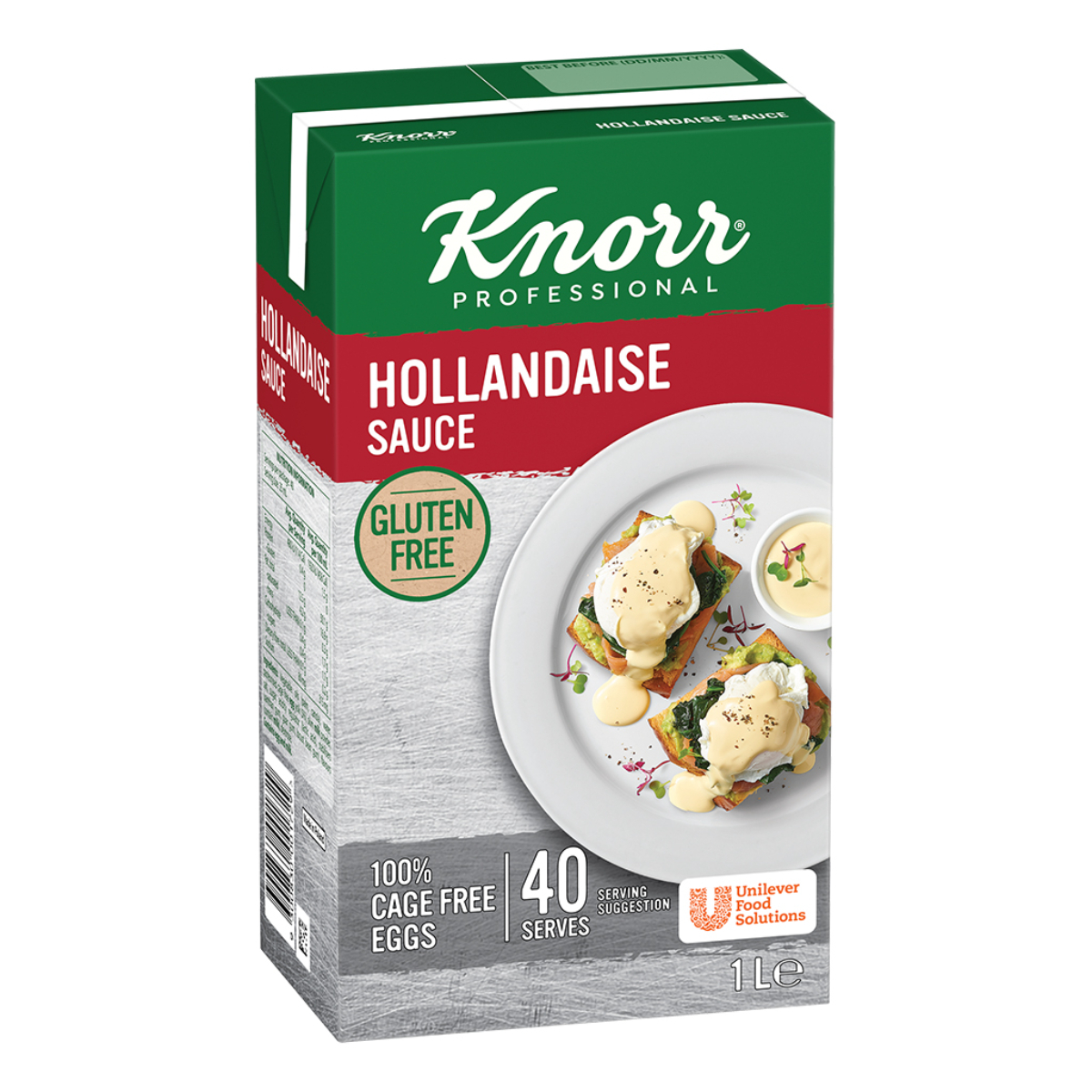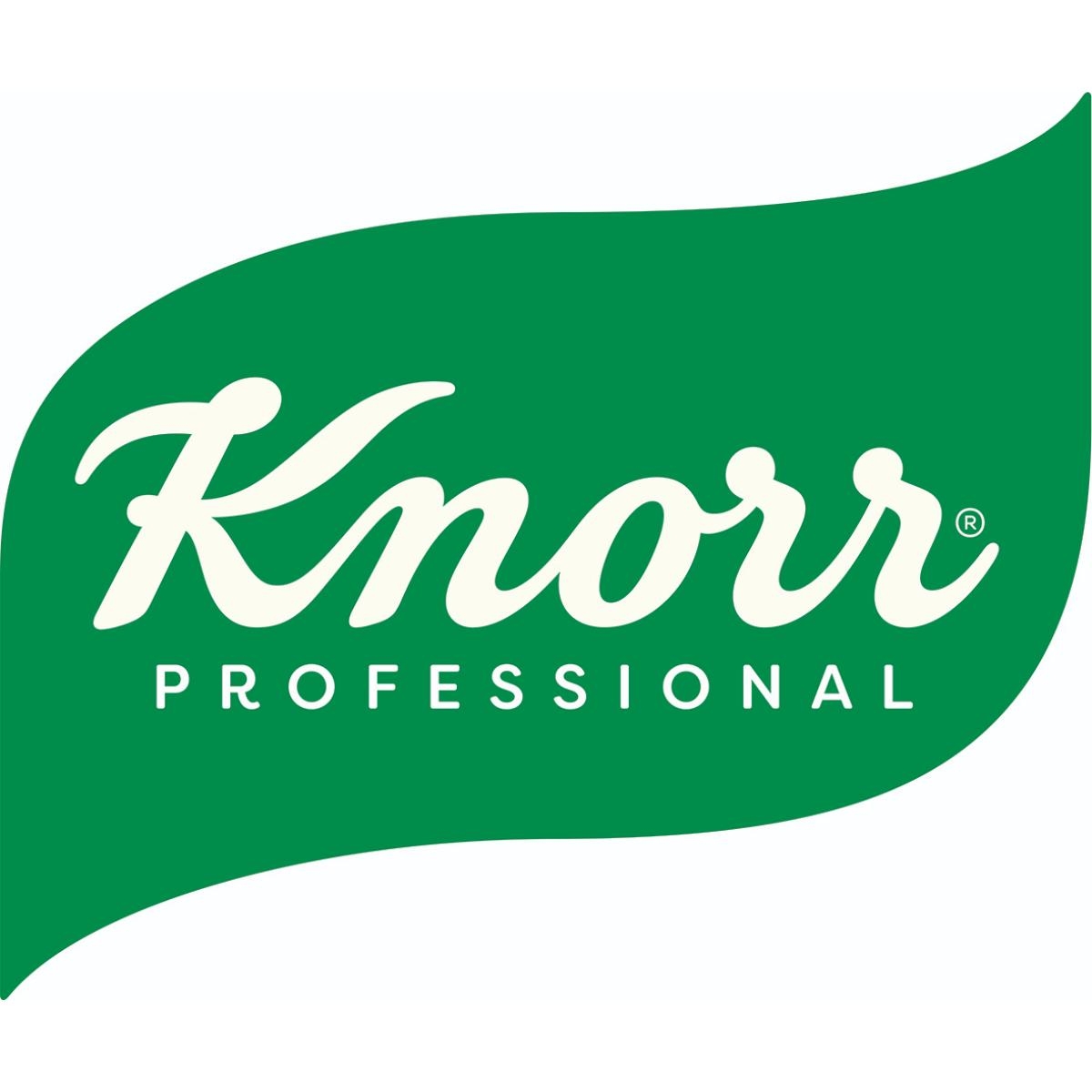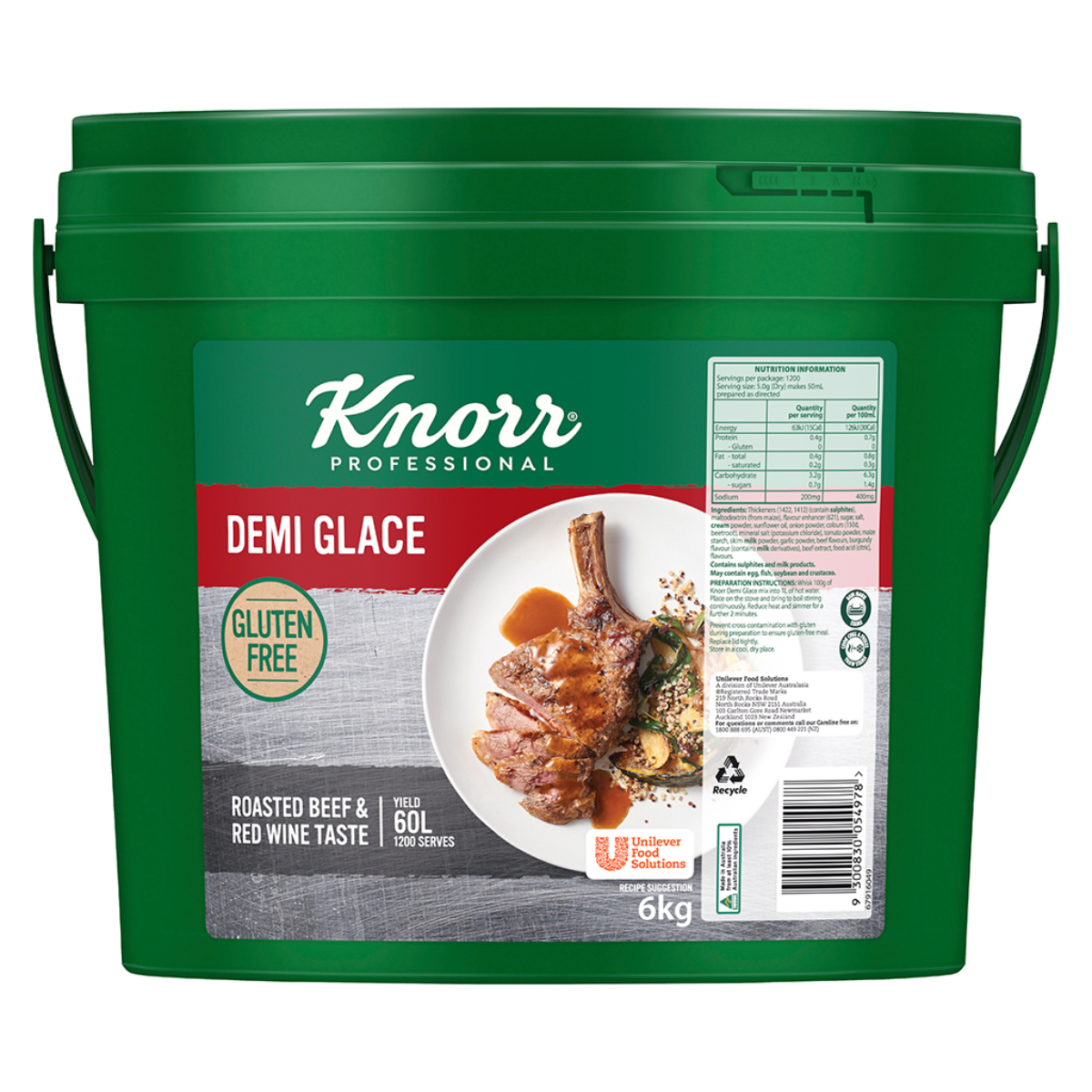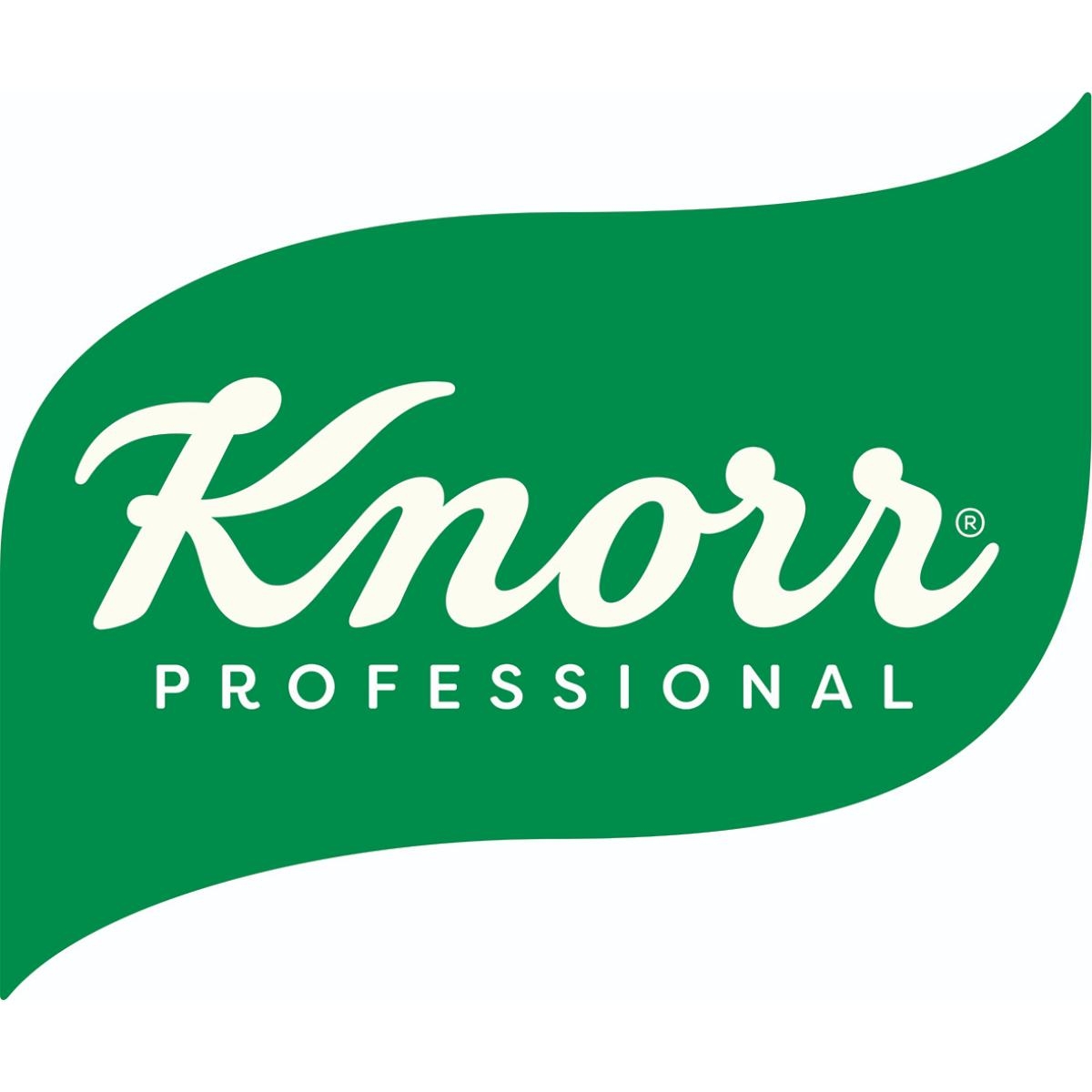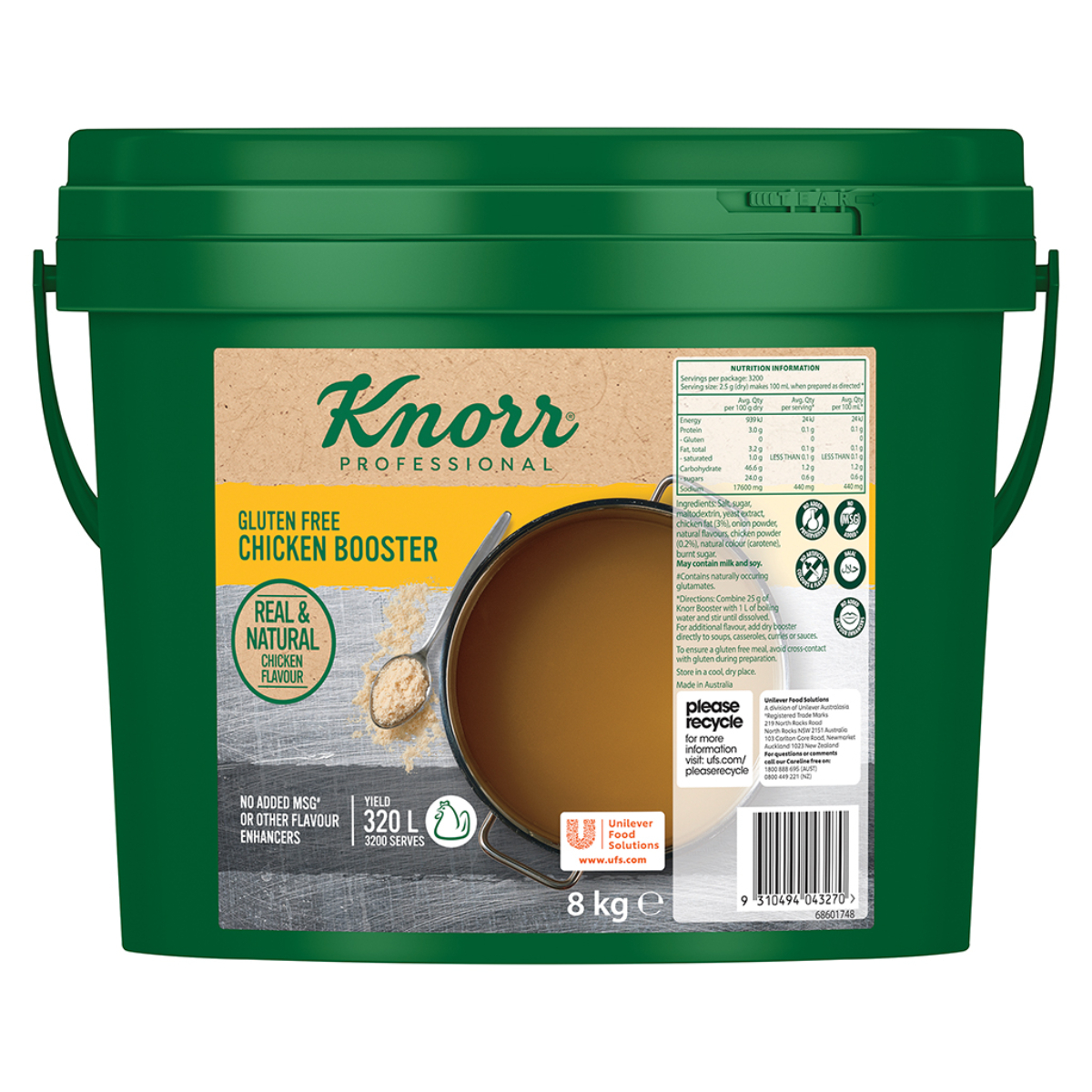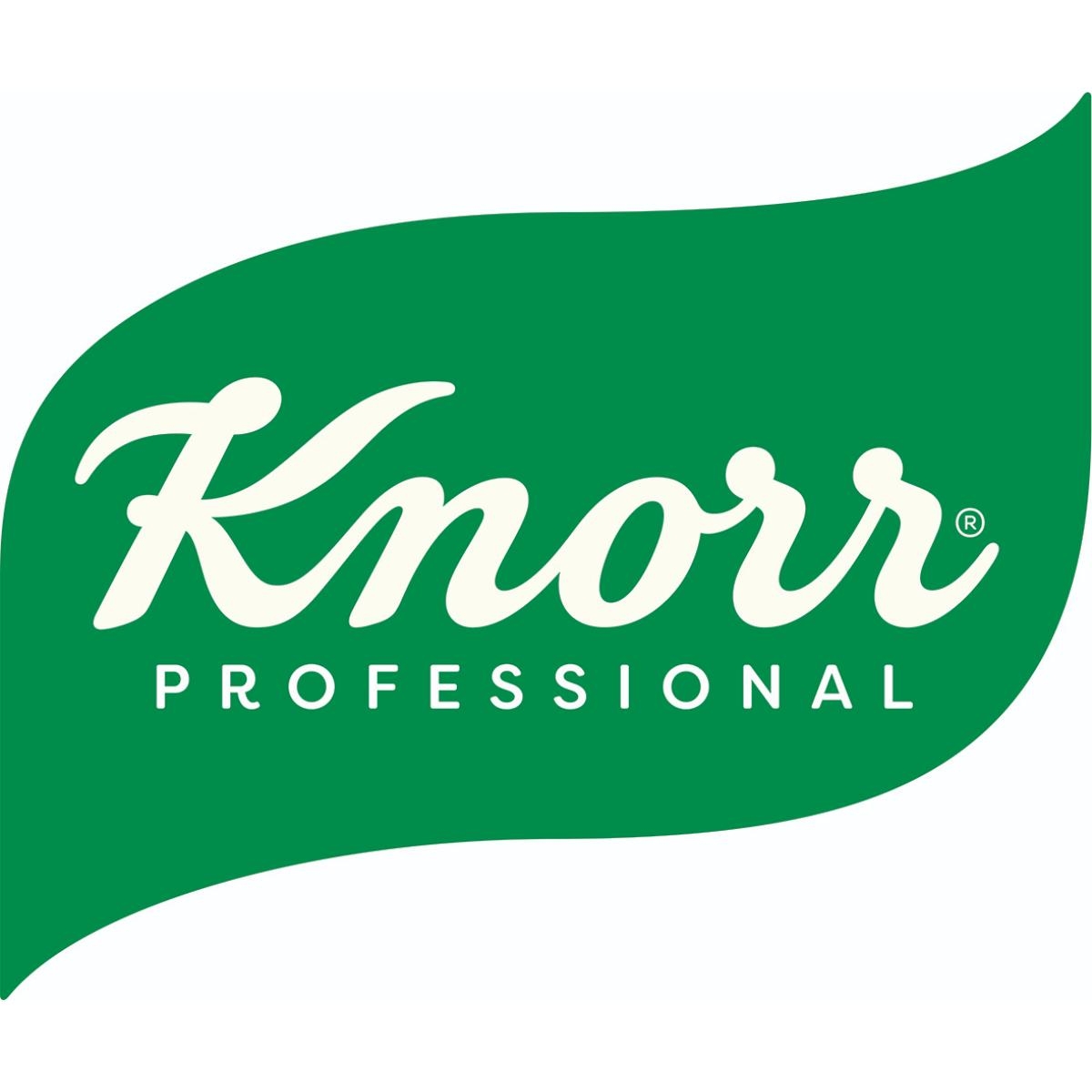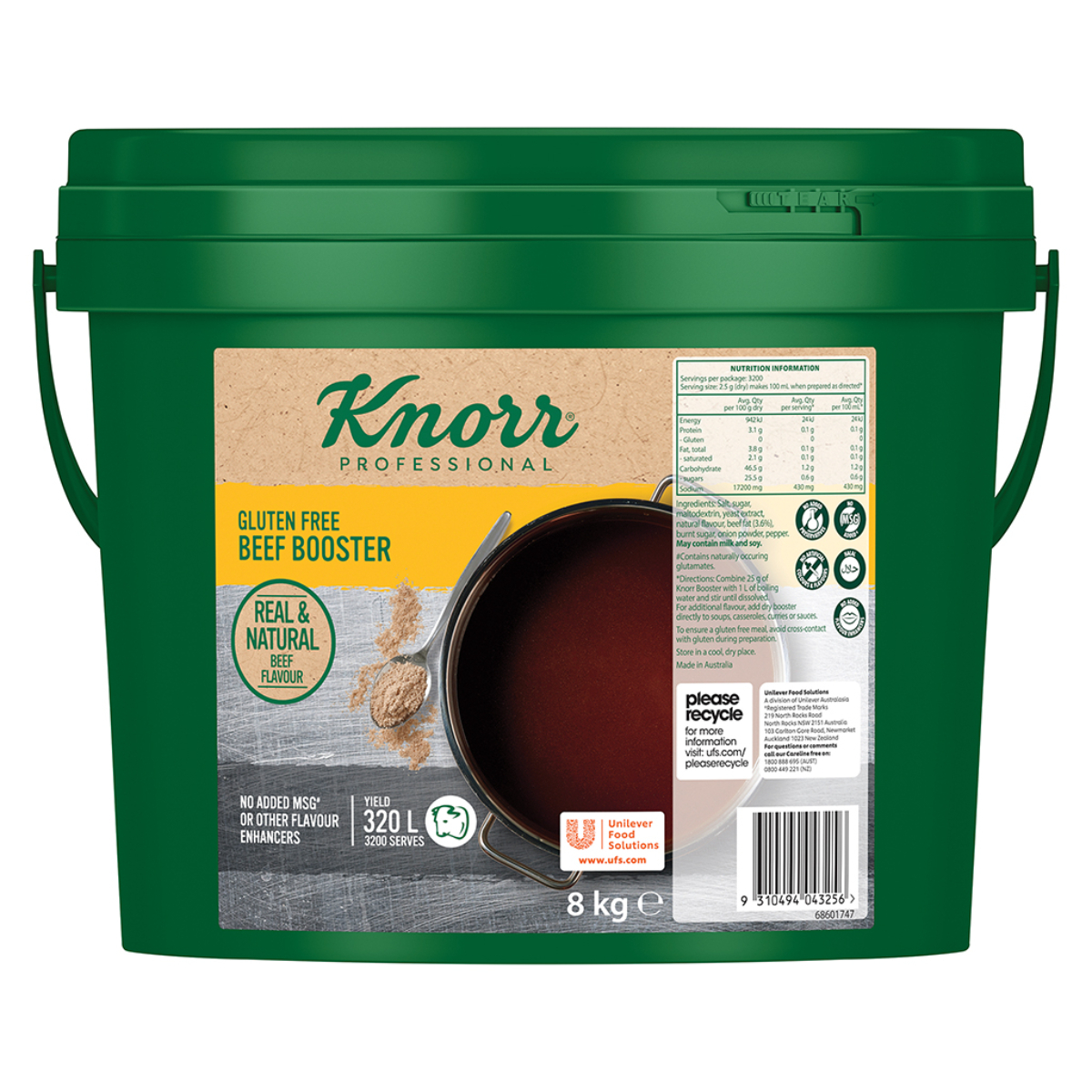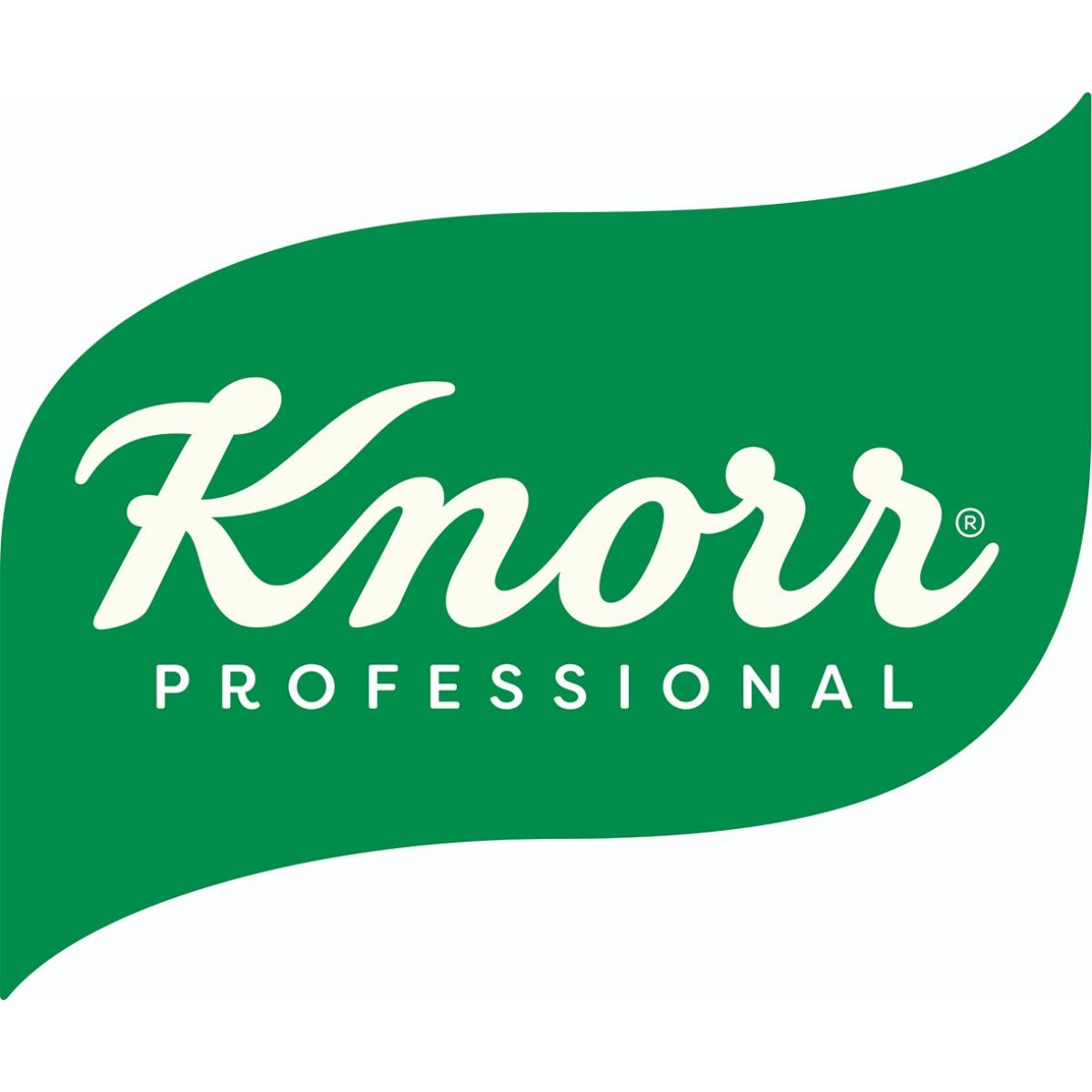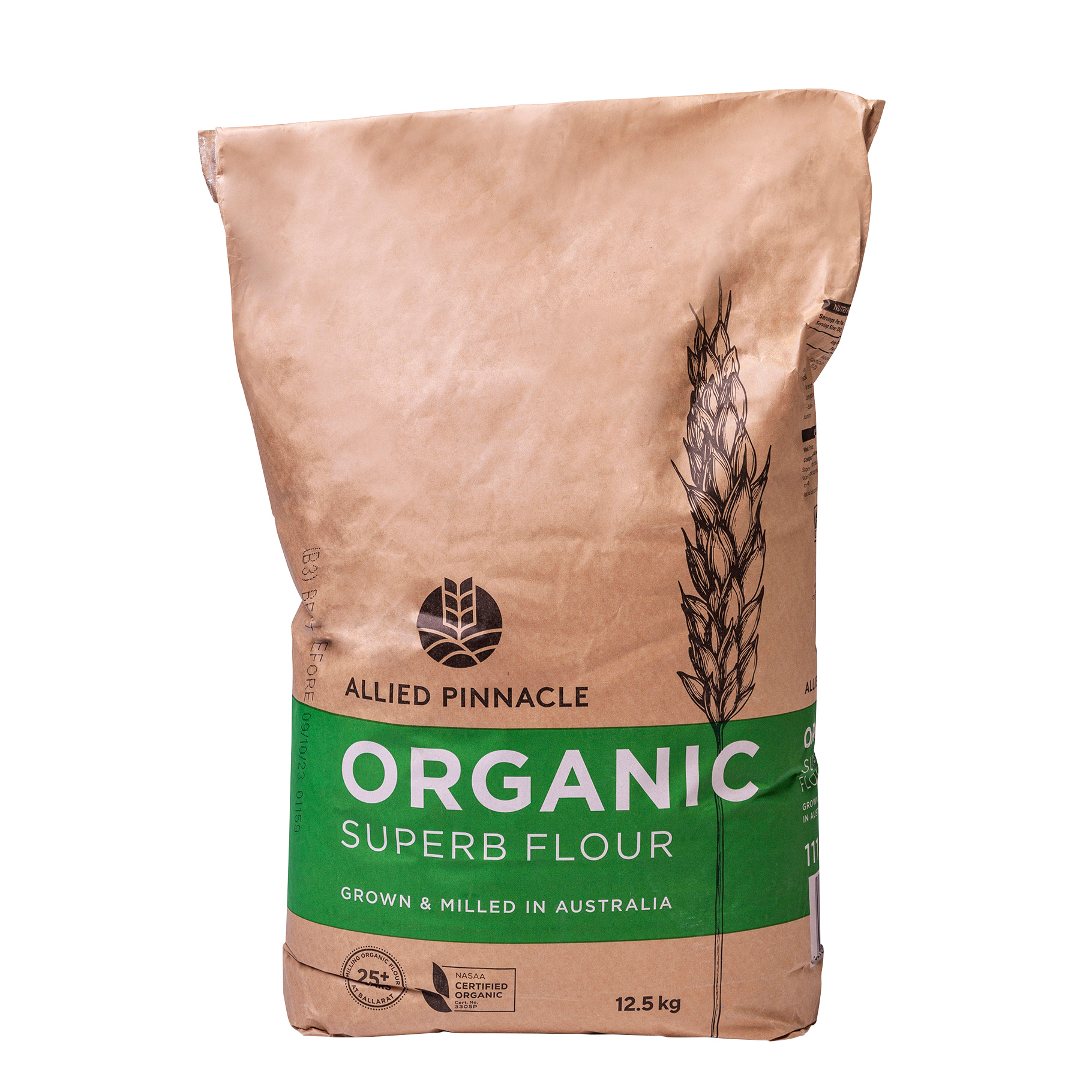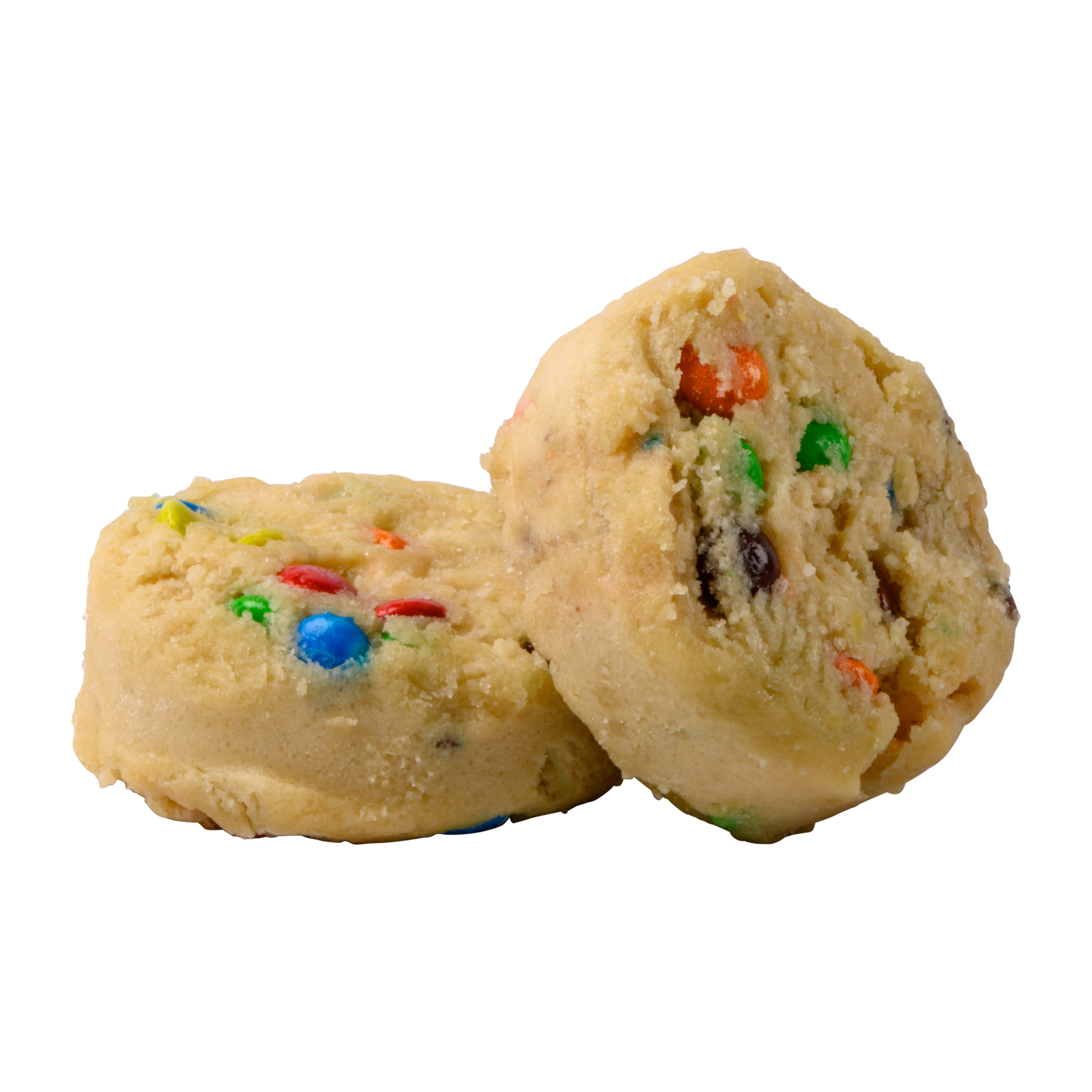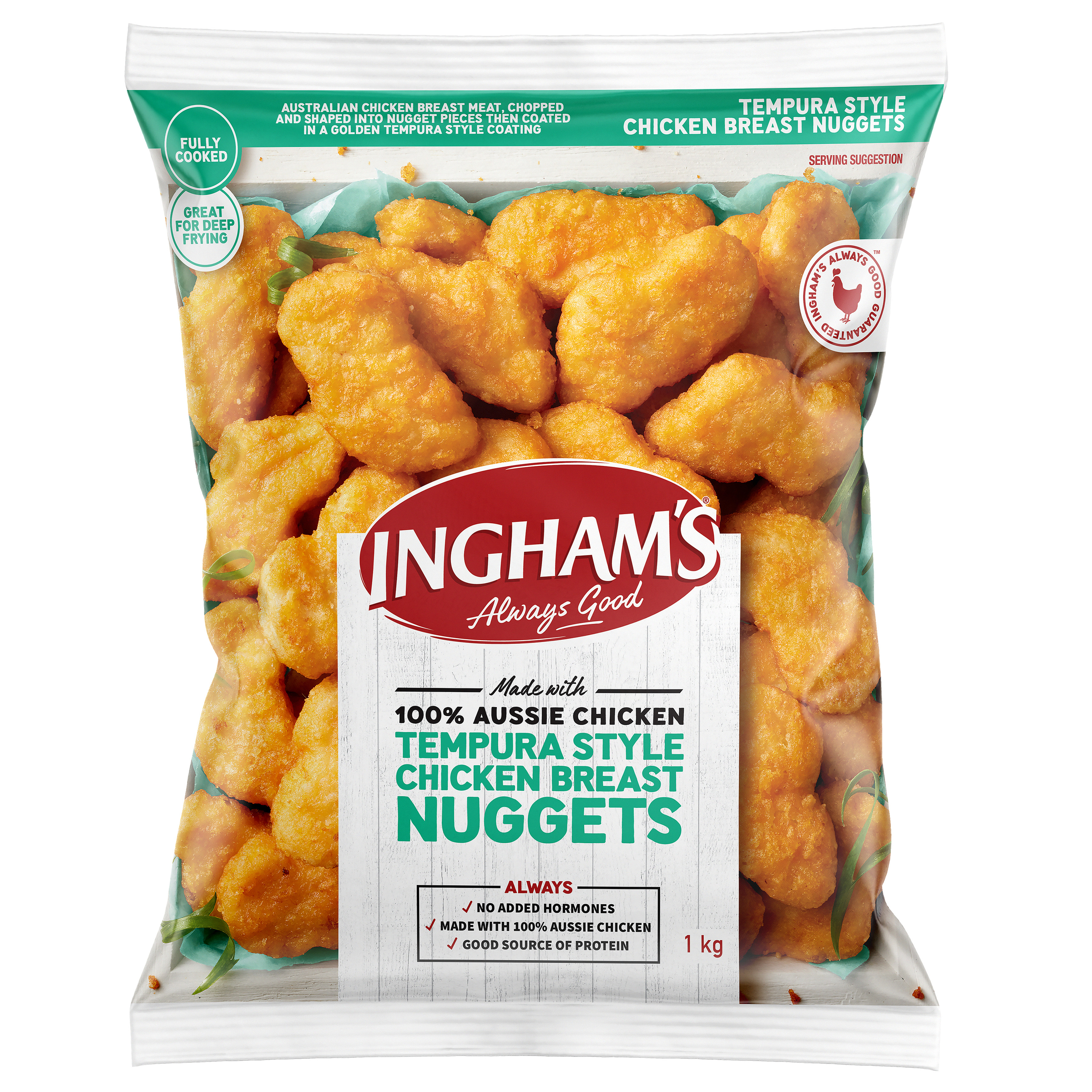This article has been provided by the team at Bega Dairy & Drinks.
Even with soy’s longevity and oat’s rising popularity, almond milk has become the reigning dairy alternative for coffee. Why is that? When you order a dairy milk coffee, most of the time, you’re expecting it to be rich, round, and maybe even a decadent coffee experience. I think a big part of why almond milk is the plant milk of choice for many consumers is its ability to enrich that experience.
When evaluating plant-based milks, a lot of specialty baristas seek out ‘neutrality’, where the most ideal characteristics of almond, soy, or oat play a support role to the coffee. But many people enjoy the sweet, creamy, nutty profile of almond milk.
So, is that the only way to think about the pairing, or can we expand our approach to it?
I feel the ‘holy grail’ is a plant-based milk that carries the coffee through, complementing and contrasting it, not over-shadowing or shutting down the coffee flavour profile. Beyond that, it should even enhance some of the coffee characteristics in a synergistic way, creating a whole new experience. The same way we look at good quality dairy milk – coffee must reign supreme.
Whether it’s in a competition routine or regular café service, I’ve learned that coffees with bolder expressions, from classic/traditional styles to forward fruit bombs, heavy chocolatey flavours to big natural processed lots, extended fermentations to boozy style profiles, can handle fatter, richer, more-concentrated dairy milks.
PRO TIP: It’s the same with plant milks.
Almond milk obviously has an inherently nutty character, as do a lot of the Brazilian coffees you find as the base in milk-oriented coffee blends, so these naturally pair well together. On the other end, it can contrast with the different flavours – like chocolate, citrus, or hints of fruit – that you get from Peru, Colombia, and other origins in those blends and really make them stand out. I’m not necessarily set on the idea of pairing certain dairy alternatives with certain styles of coffee, but just like plant based milks have evolved, refined, and adapted to coffee over the years, now more than ever, there’s an opportunity for cafés to provide customers with a more curated drink. One way we can do this in a specialty setting is to tailor our coffee recipe, or even selection on the bar, to the types of milk you’re using. We use different recipes for different milk-based coffee blends, so is it really too far a stretch to think we could set up individual espresso recipes for different dairy alternatives? There’s ways to dose and extract your coffee to give it the strength it needs to shine through in the cup (see Shot for Shot). When it comes to handling the almond milk itself, I’ve got a few little tricks that will help you bring the best out of it.
- Crack open the lid (and put it back on) Then shake the carton each time before you use it. This prevents stratification and ensures consistency each time you pour it.
- Keep it in the fridge, away from direct light to maintain its freshness and improves how it will texture.
- While texturing, only introduce a small amount of air at the start, then submerge the wand tip to continue ‘whipping’ the almond milk. Anything more will almost be counterproductive to the quality of the milk.
SHOT FOR SHOT
Here’s an example of an espresso recipe I like to use for almond milk-based coffees.
- Coffee: Milk-based roast, chocolate caramel profile
- Dose: 20.5 to 21 grams
- Yield: 38 to 42 grams
- Time: 27 to 30 seconds
- Milk weight: 110 to120grams (per six-ounce cup and on espresso shot)
- 20.5 grams – balanced, sweet, good cut through, nice finish
- 21 grams – bold flavour profile, round, sweet, nice finish, creamy.
MAKING THE BEST ALMOND MILK FOR COFFEE
Over the past year, I’ve been working with Vitasoy on the reformulation of its Café for Baristas Almond Milk. It’s been a revelation to peak behind the curtains at what goes into making a dairy alternative that pairs with coffee. The Vitasoy research and development has revolved around making the best almond milk in market for cafés, while not abandoning the plant milk’s identity, because a huge amount of almond milk drinkers love that presence of almond character in their coffee. This resulted in refining Vitasoy’s ‘secret recipe’ so it now provides a much creamier, nutty product that balances nicely with coffee. There were really two parts to the process of developing the best barista dairy alternative possible. First, you refine the milk back of house: choosing the highest-quality almonds and associated ingredients, lots of science and evaluation with optimal processing methods, and exploring composition. Then you bring in the coffee.
When it comes to ingredients, one of the advantages of Vitasoy is that, not only is it Australian made, its ingredients are locally sourced. This supports local business, has a much better environmental footprint than shipping almonds from the United States, and provides Vitasoy with more opportunity for collaboration and flexibility. The second part, which I’ve been particularly involved in, is the testing and tasting. You extract coffee in different doses, strengths, and extraction levels to make sure the almond milk is versatile and find out what recipes work really well and draw conclusions from that. We conducted comprehensive and detailed sensory evaluation over several months, involving myself, the Vitasoy team, third-party panels, and the rest of the team at Ona Coffee Melbourne. We compared the new recipe to the old one, others in development, and some on the market, where the new Café for Baristas Almond Milk continually came back with top results. The moment of truth, after months of testing, refining, and tweaking the recipe to make the tastiest almond milk for coffee possible, was when Vitasoy presented me with three trial almond milk recipes. I chose the one I thought was best and they took the same samples to a private panel, where 72 per cent chose the new recipe in favour of the biggest almond barista milk in market.
PAST, PRESENT, FUTURE
A lot of coffee-oriented dairy alternative brands will begin their life in the café before branching out into grocery and supermarket aisles. Vitasoy took the opposite approach, establishing its brand presence before moving into cafés. Now it’s on us in the café coffee community to use their product in the best way possible. I love Vitasoy’s deep and genuine vision to be the best in market and the action-based steps we’ve outlined to achieve it. They saw there was room to improve their almond milk, put in the work, and its quality has really evolved. There are some key core qualities we talk about when it comes to milk or dairy alternatives in coffee. Those are mouthfeel, texture, the weight of it, the sweetness, quality of the sweetness – how refined or ‘true’ it is to the product, the transparency of the milk, and how it complements or contrasts the coffee. Then there’s the finish: once again, does it allow the coffee to speak? Vitasoy Café for Baristas Almond is a plant milk made by a barista, for baristas. It’s smooth, decadent, and has a high-quality sweet almond finish that completes the ultimate almond milk coffee experience. Together with coffee, it creates an experience that’s complete, mouth watering, and utterly delicious.
But don’t just take my word for it, go out and try it. In the end, there’s one simple question to ask with all thing’s coffee and plant milk: does it taste absolutely delicious and do I want to drink the whole cup? If it does, then we’ve done our job right. The reformulated Vitasoy Café for Baristas Almond Milk is not available.
For more information, visit vitasoycafe.com.au, or contact your local distributor or the Bega Dairy and Drinks Customer Service team on 1800 000 570.
This article first appeared in BeanScene magazine https://www.beanscenemag.com.au/a-baristas-guide-to-dairy-alternatives-almond-milk/






